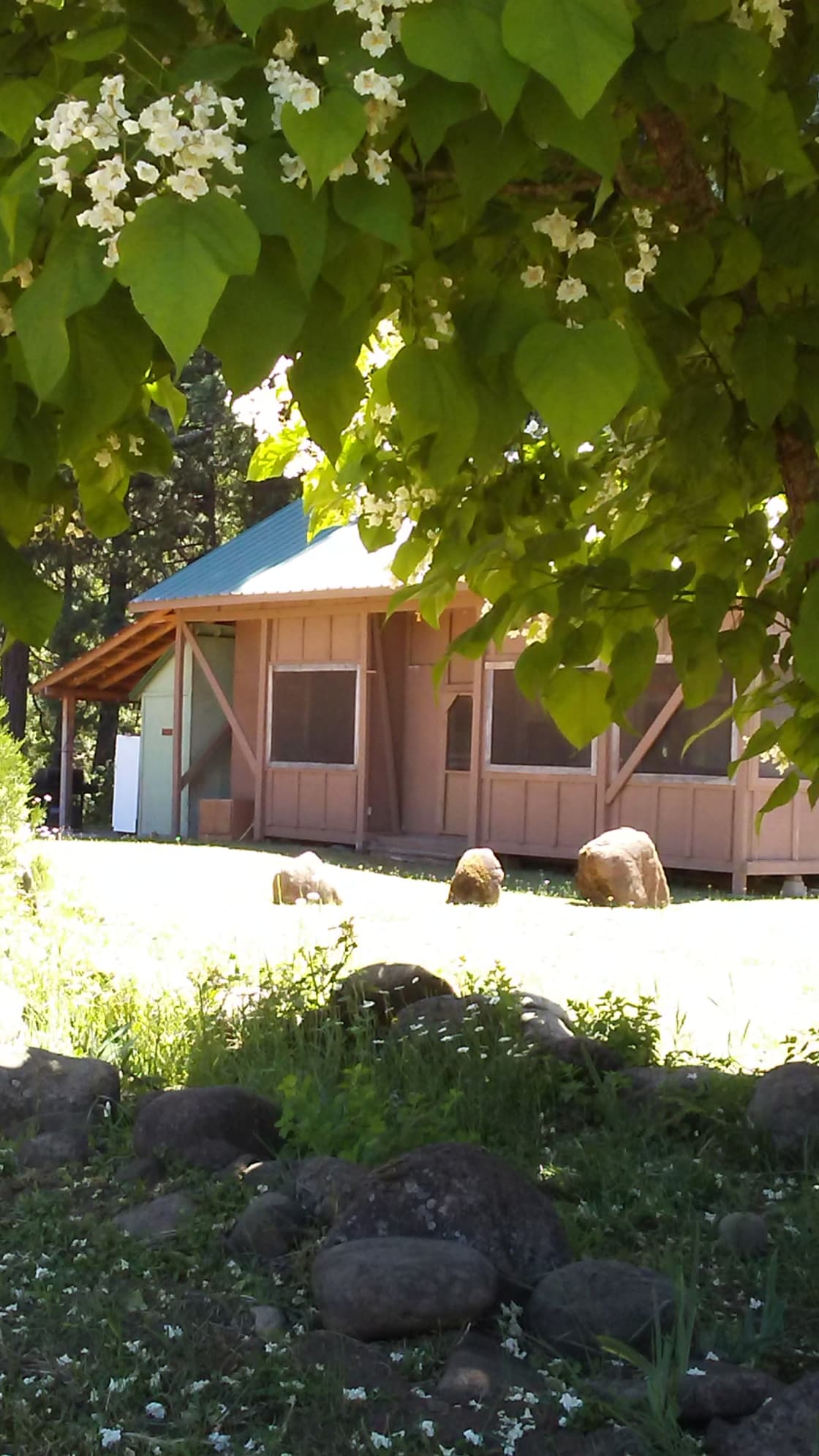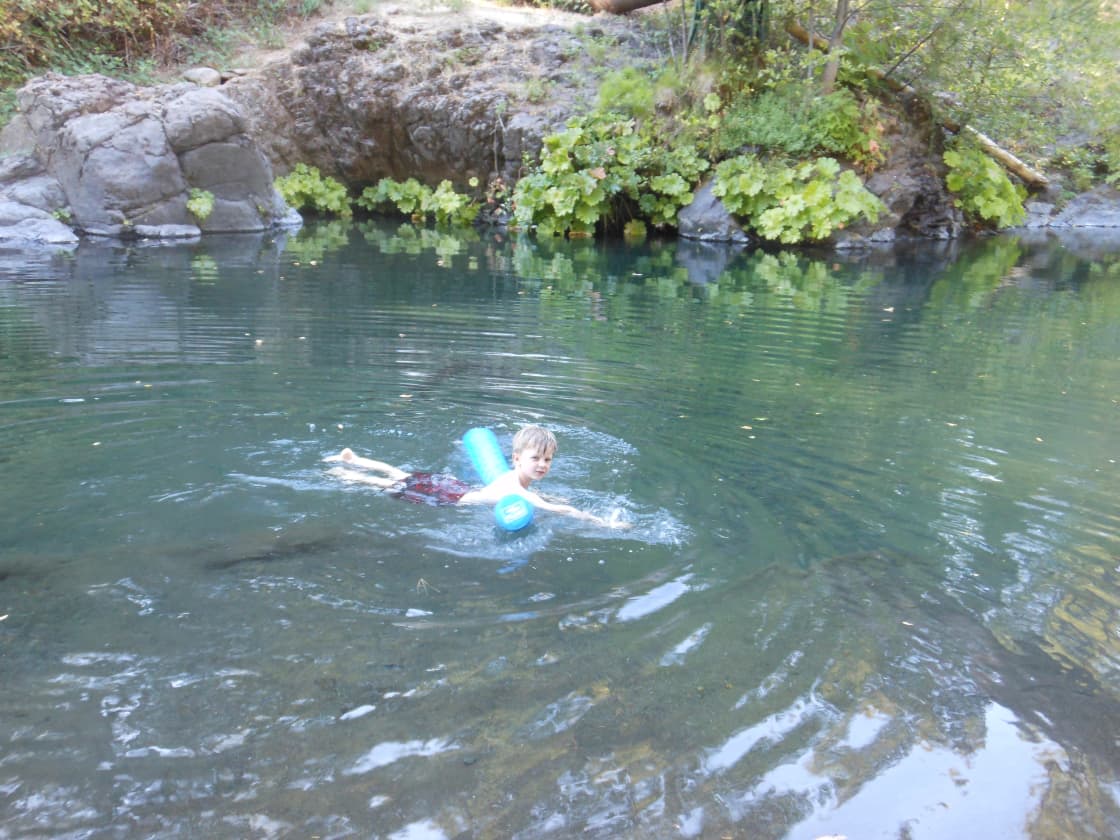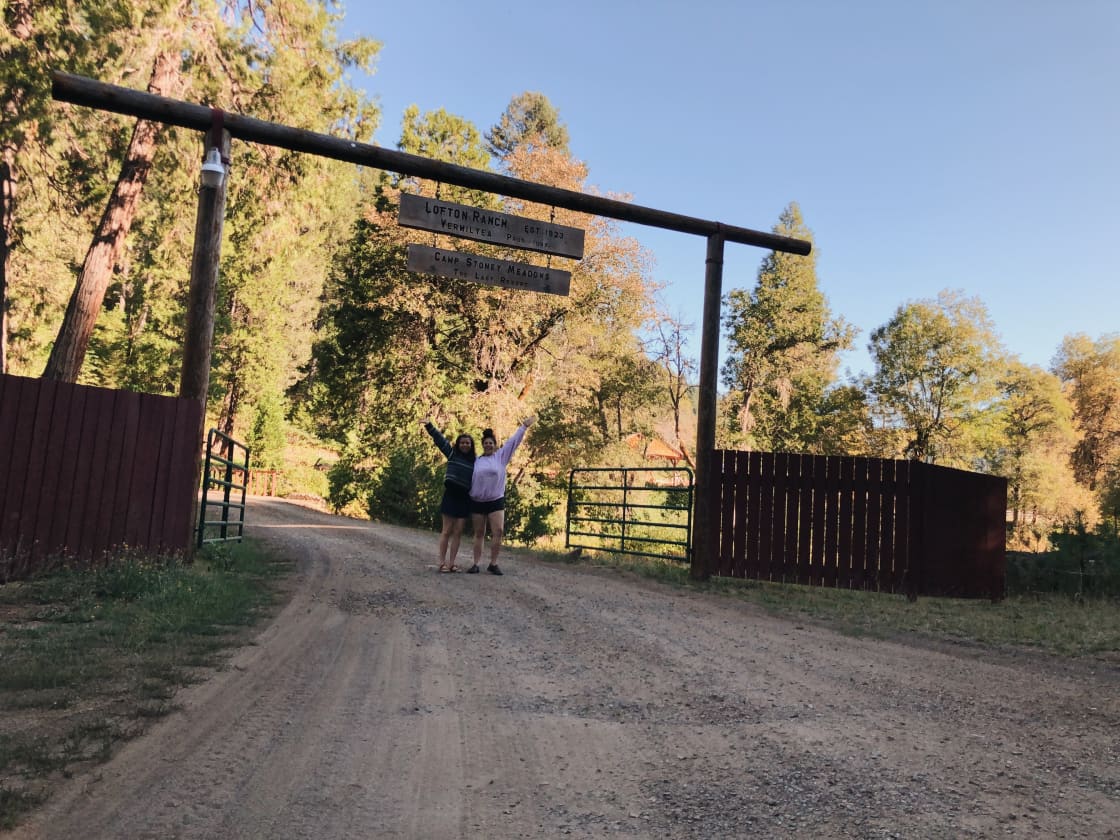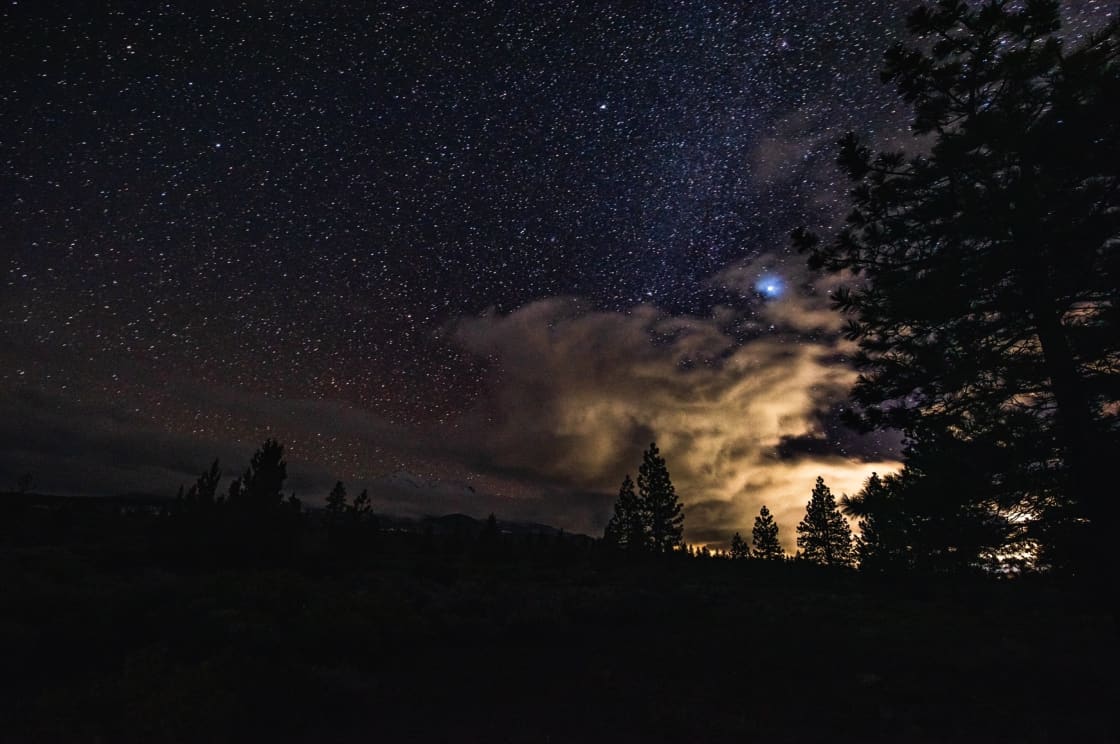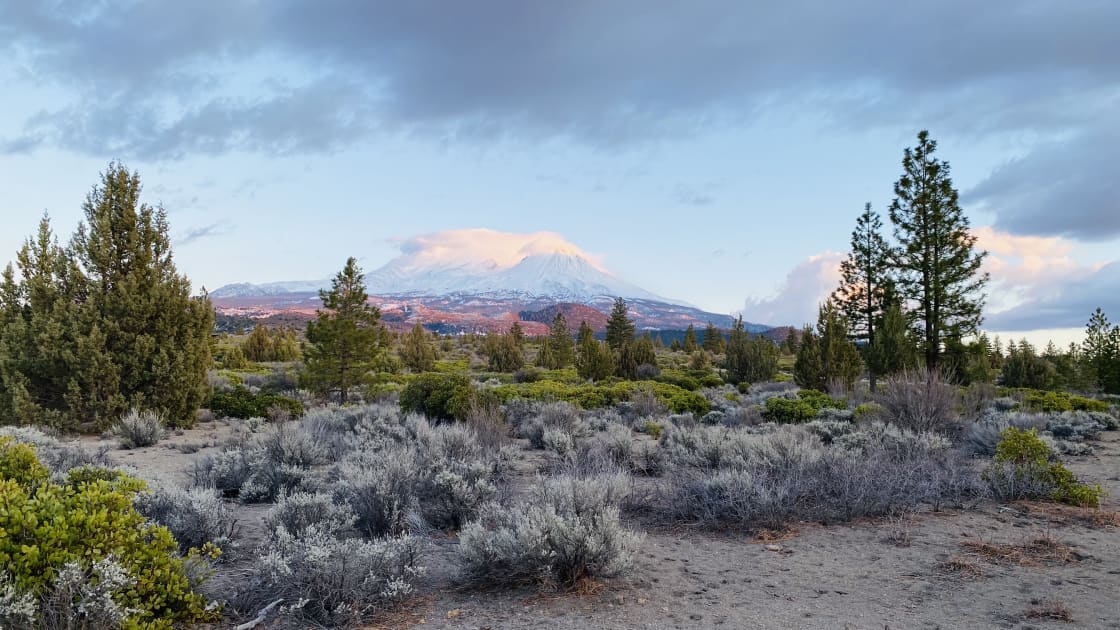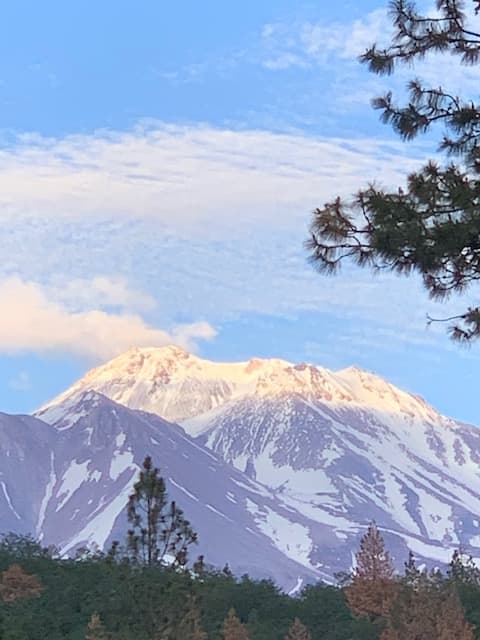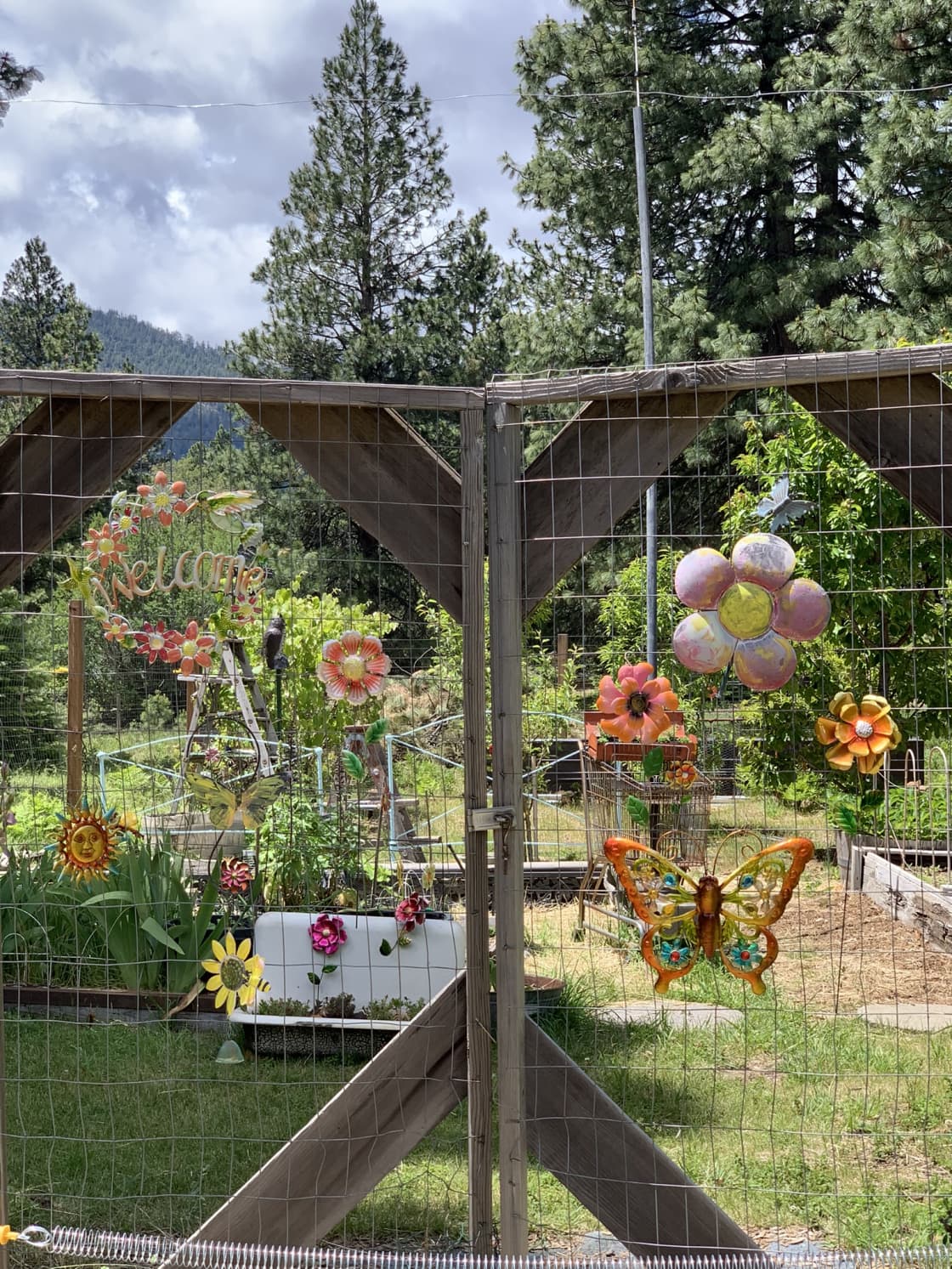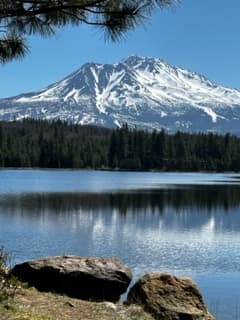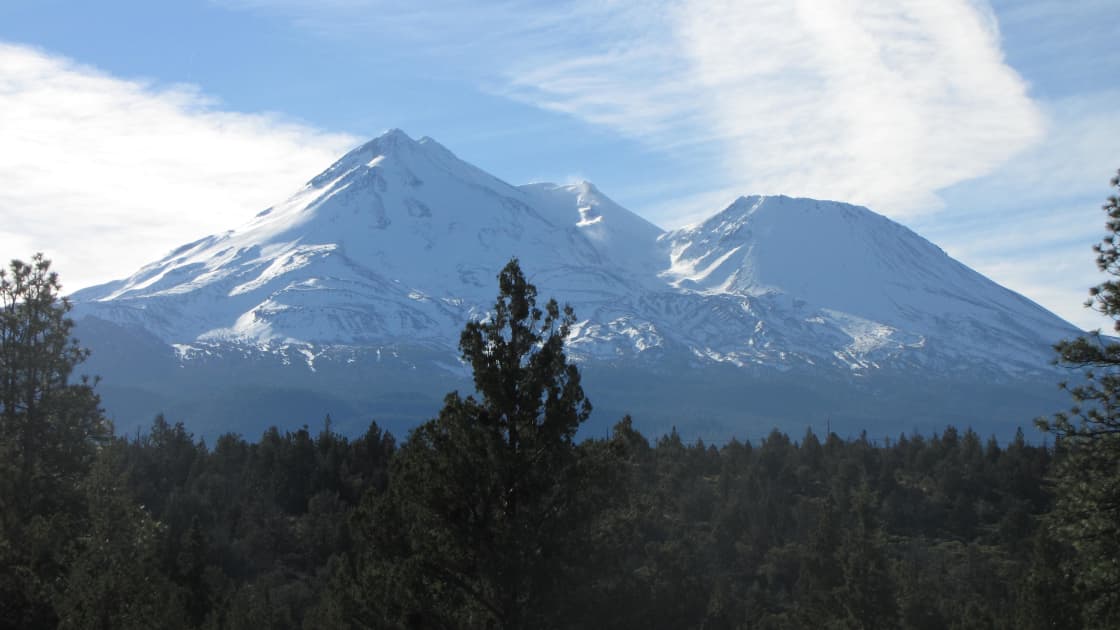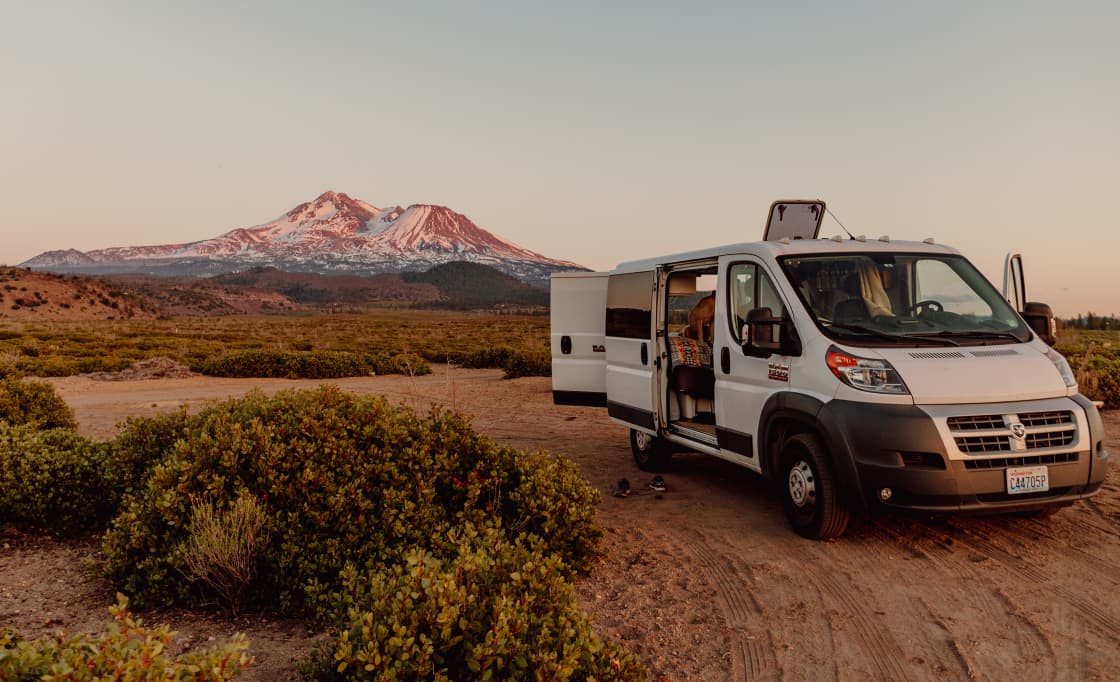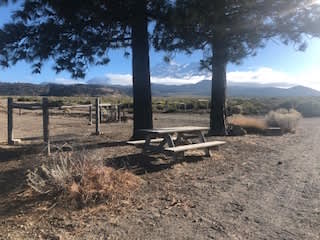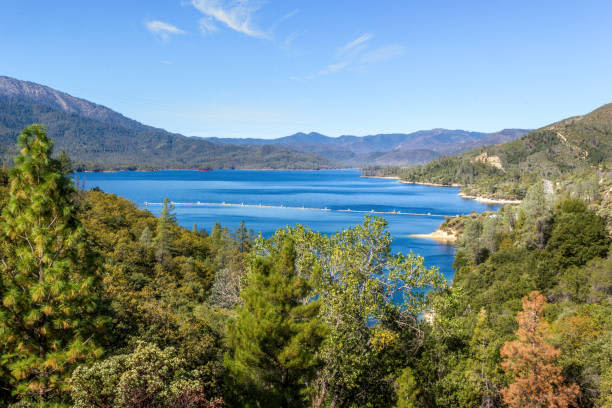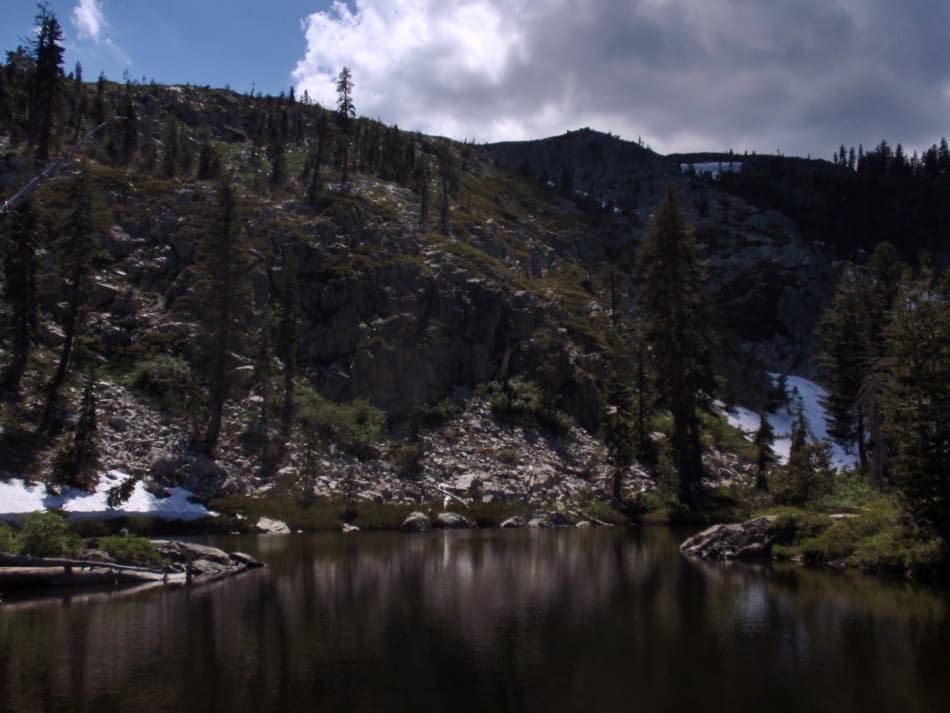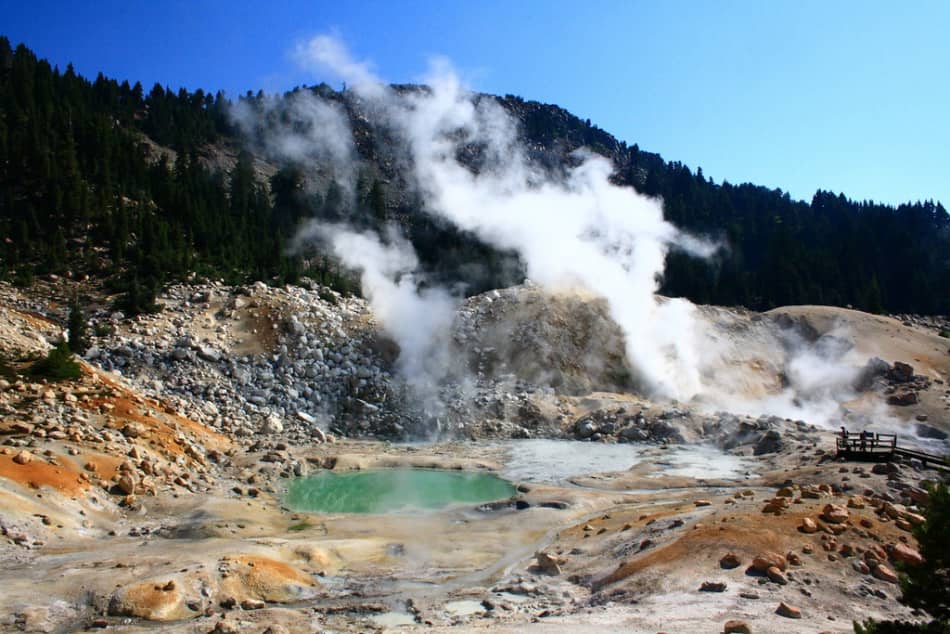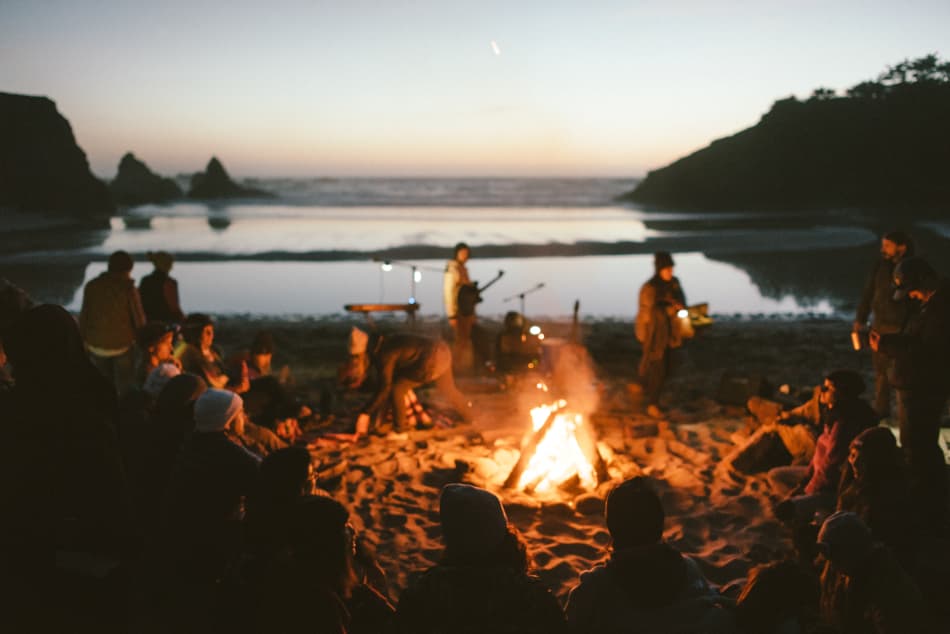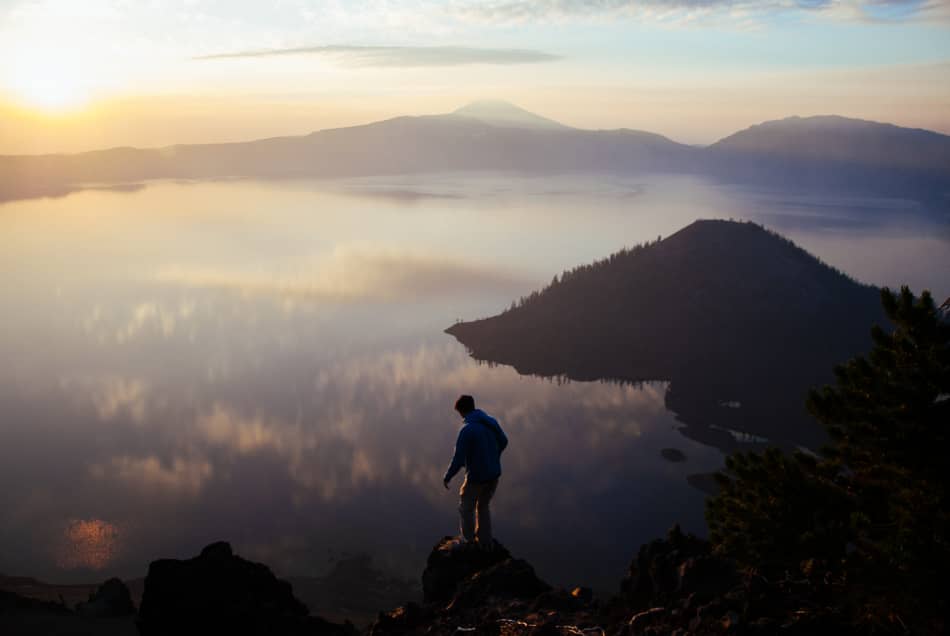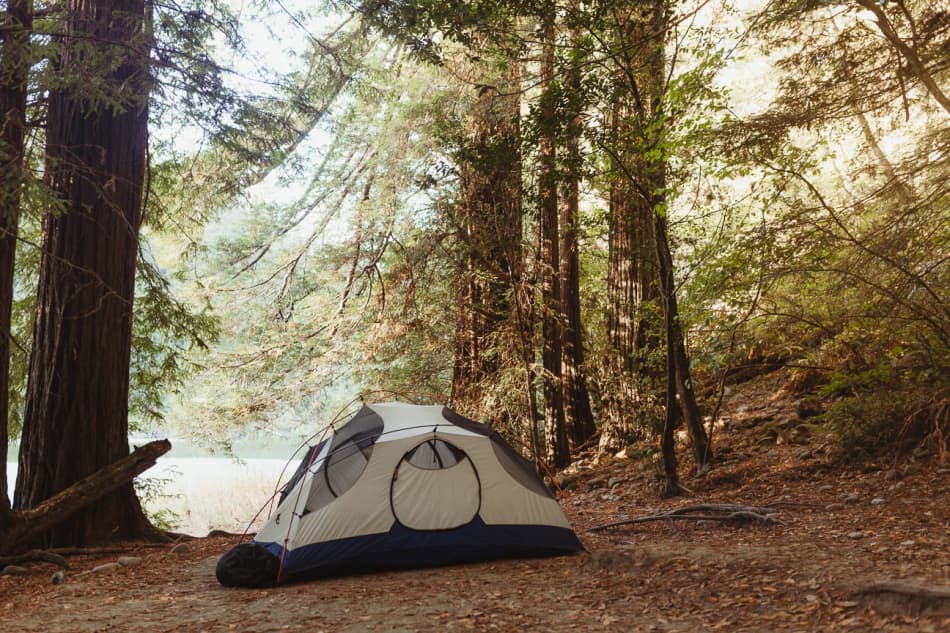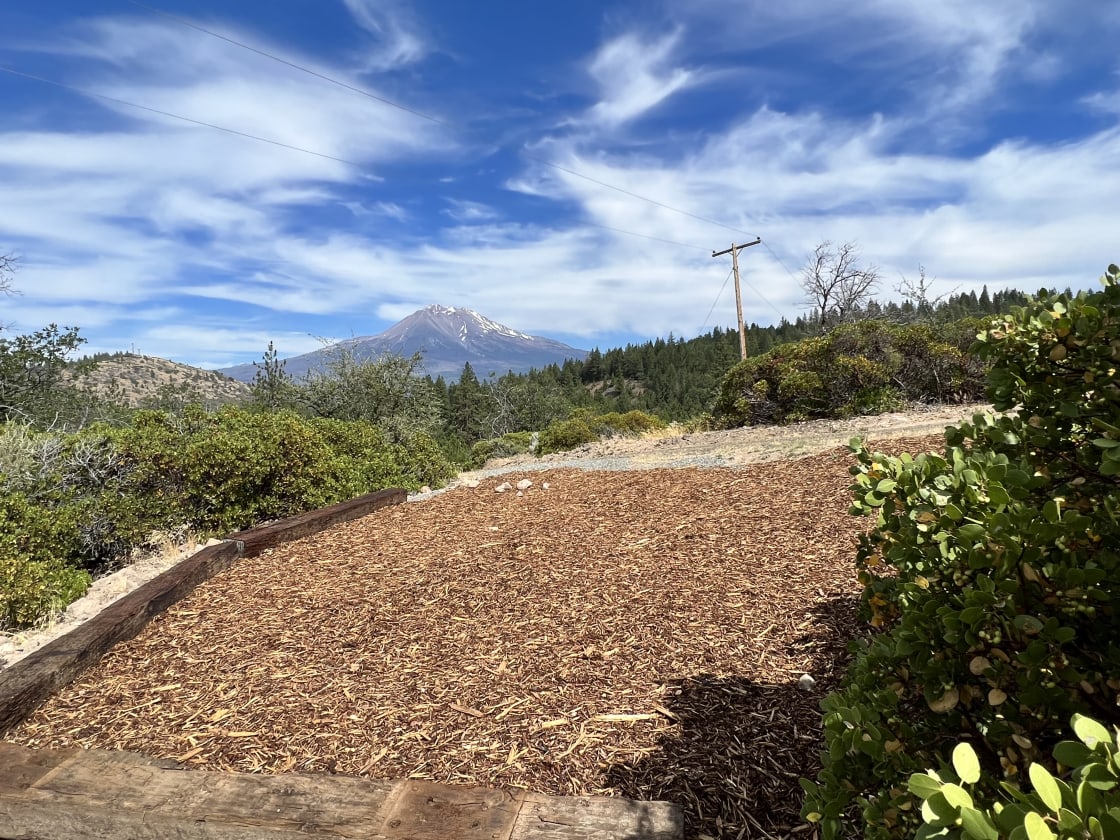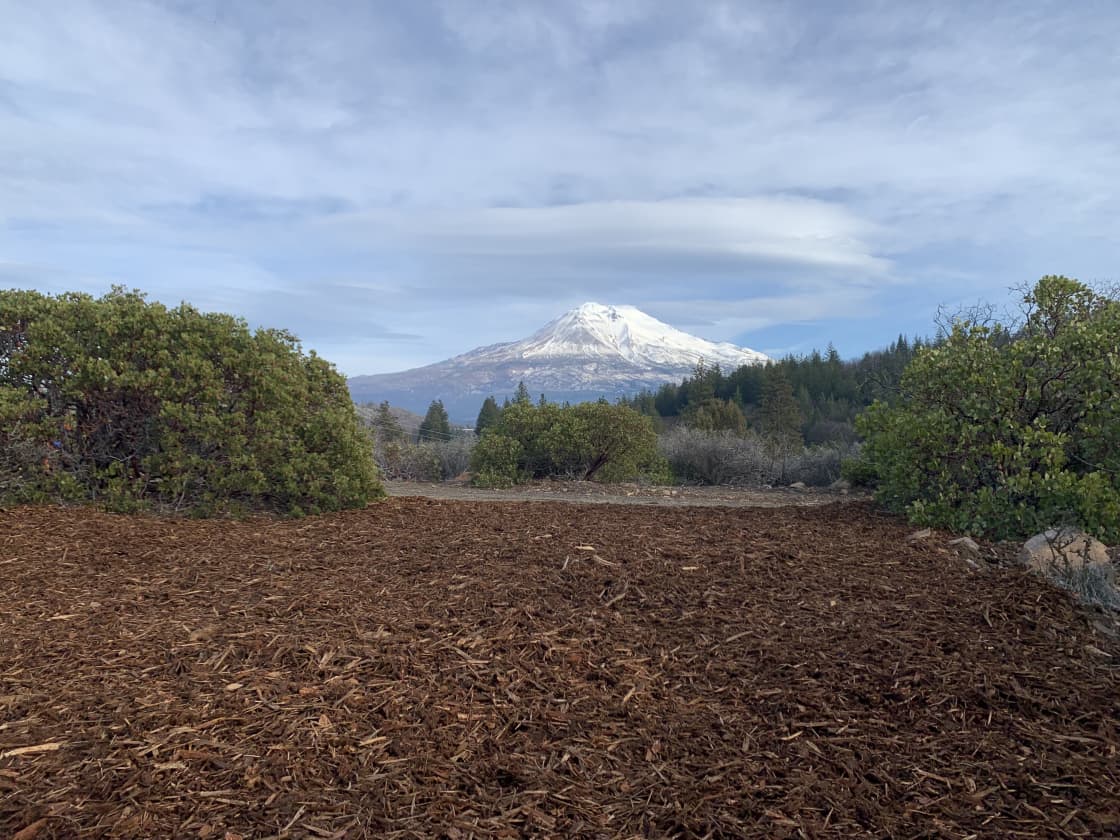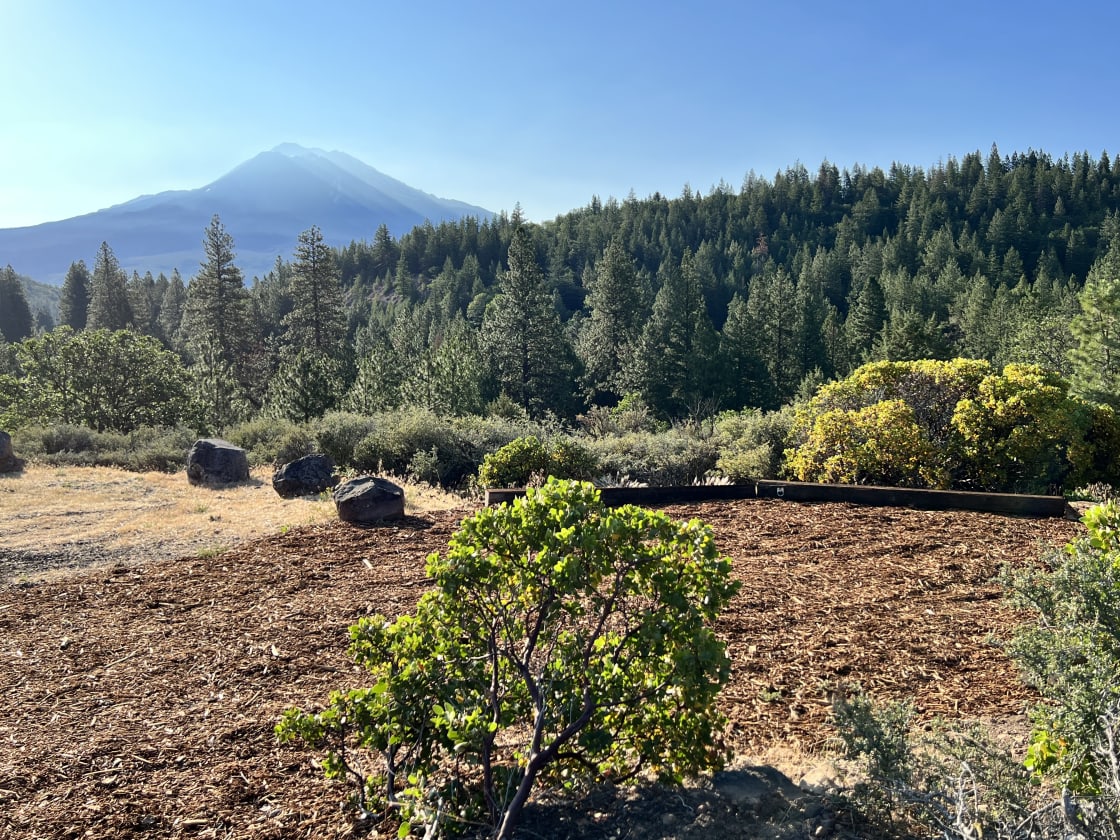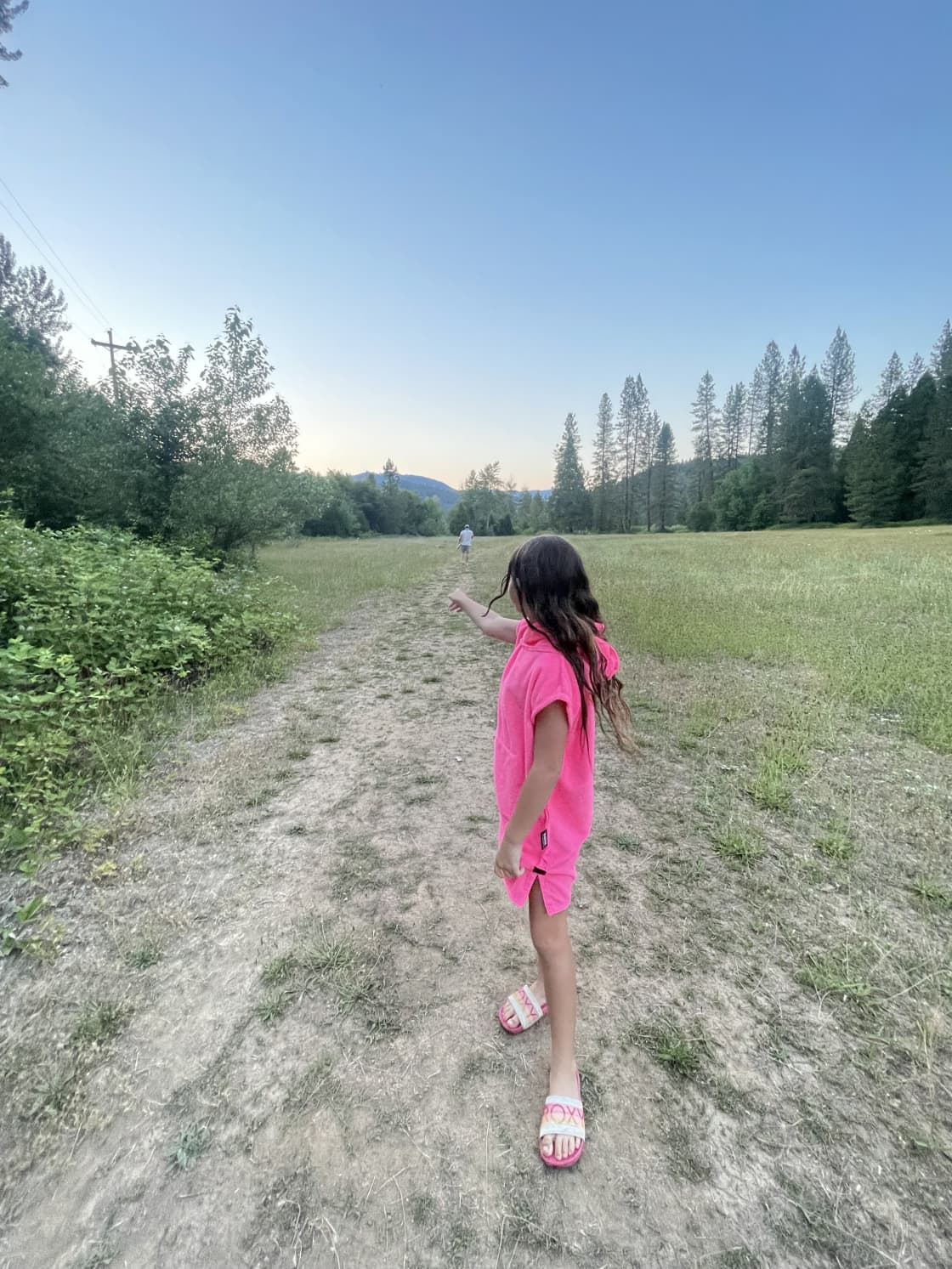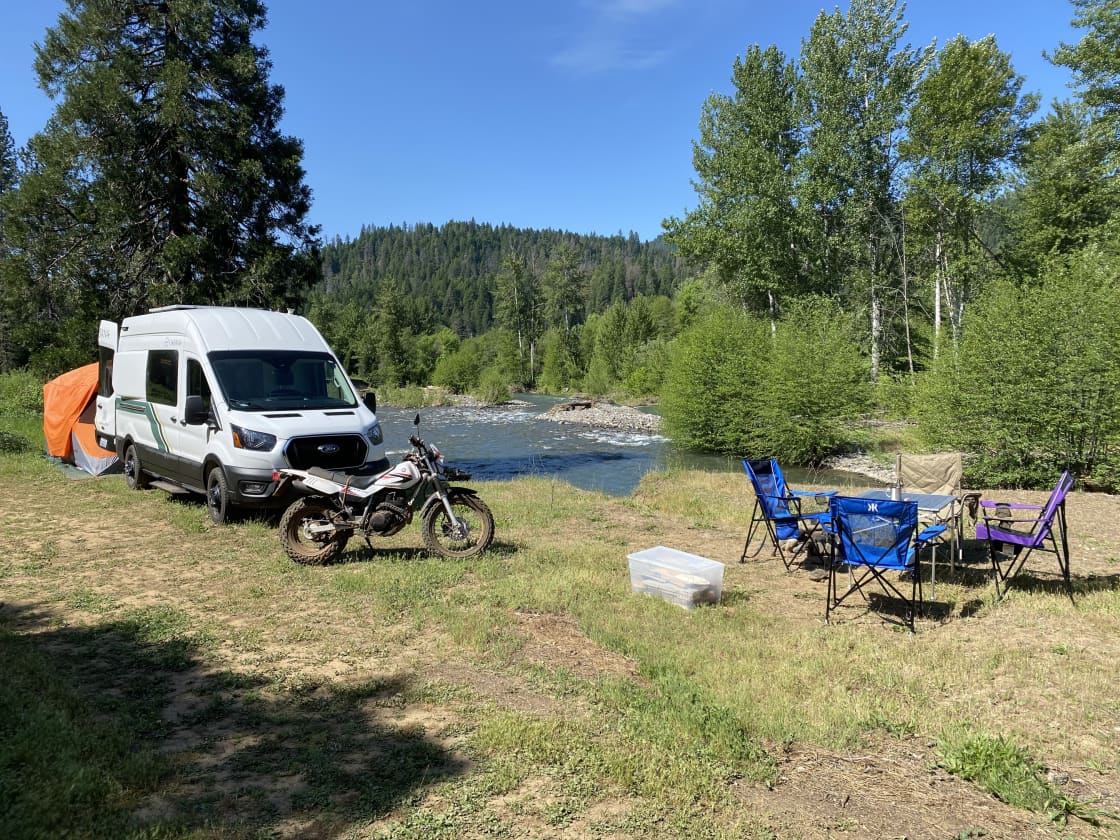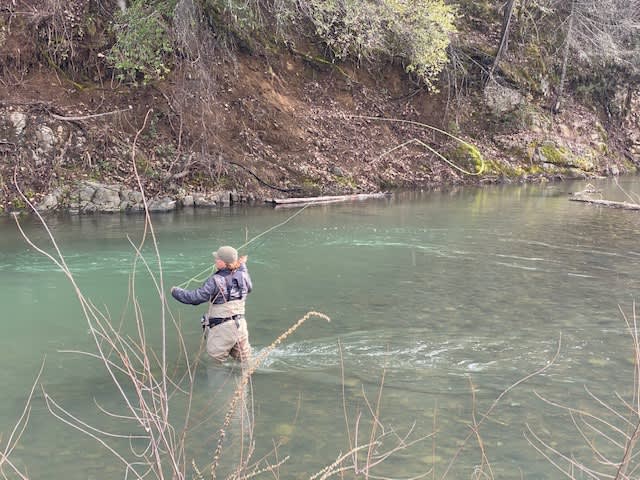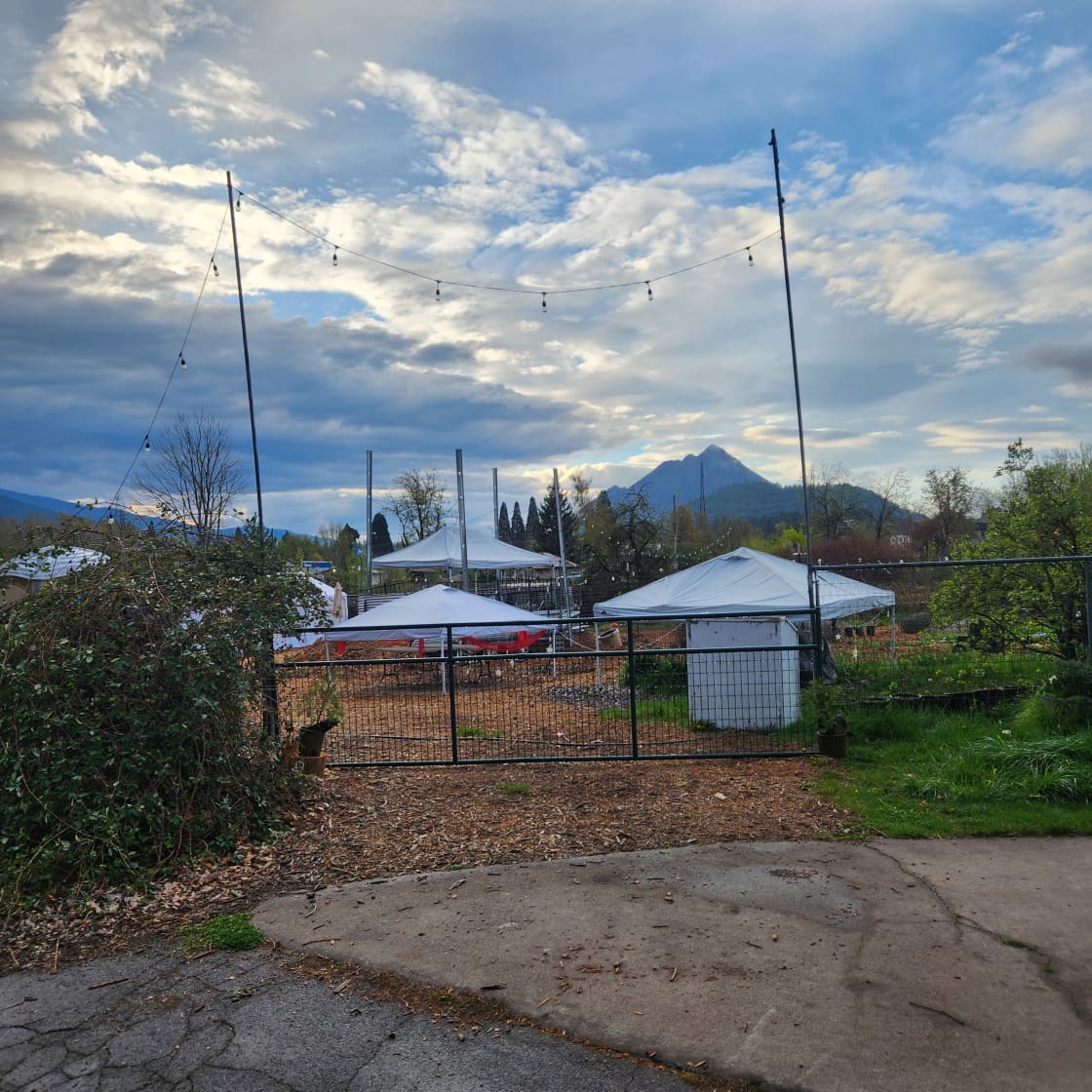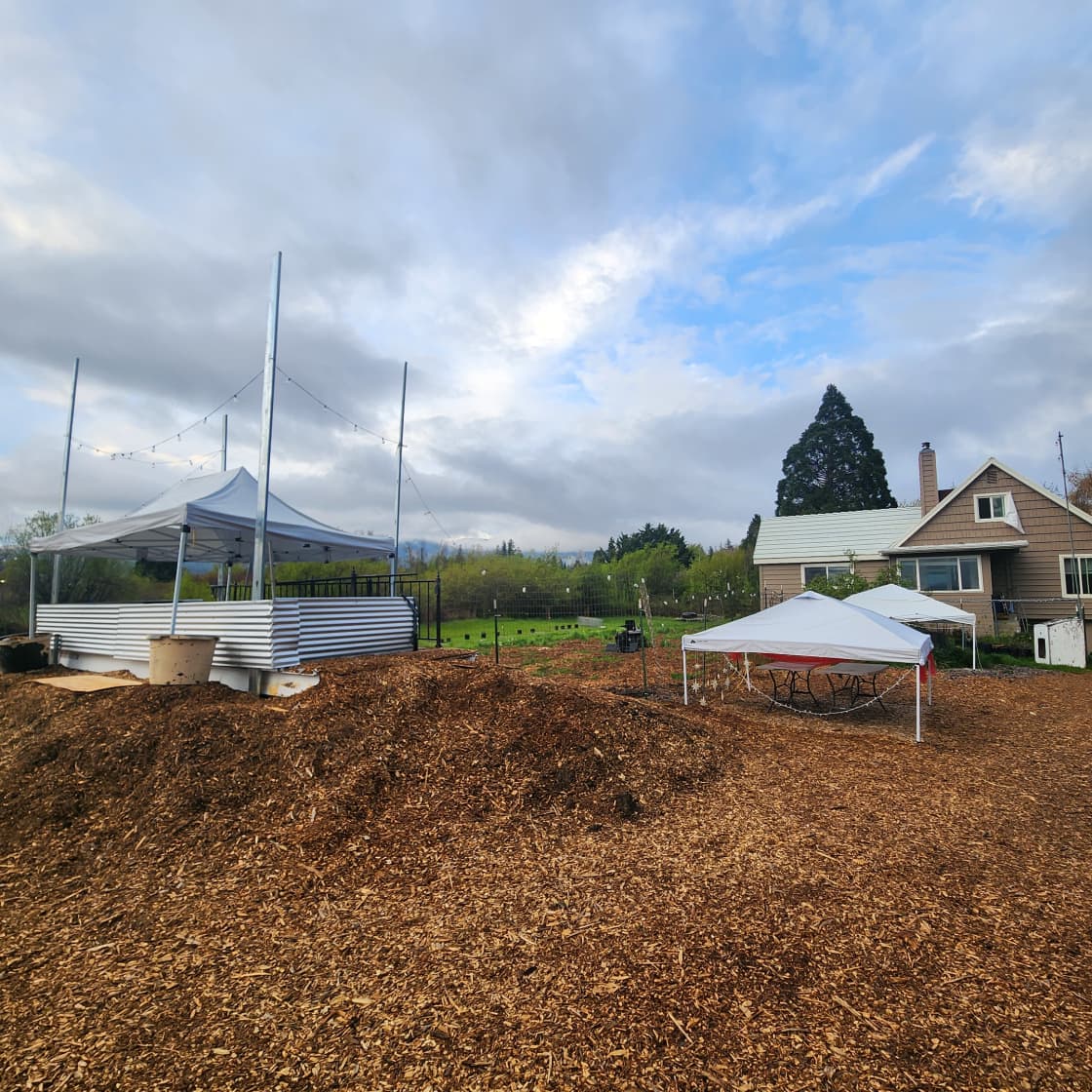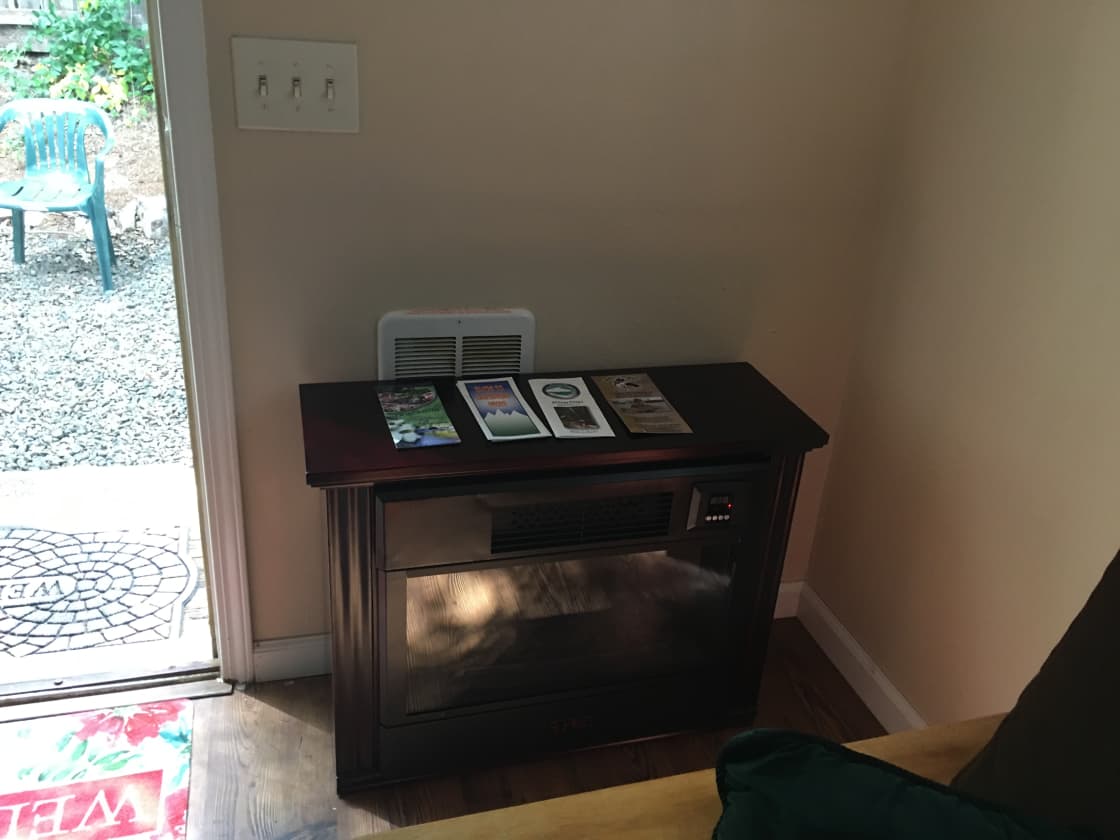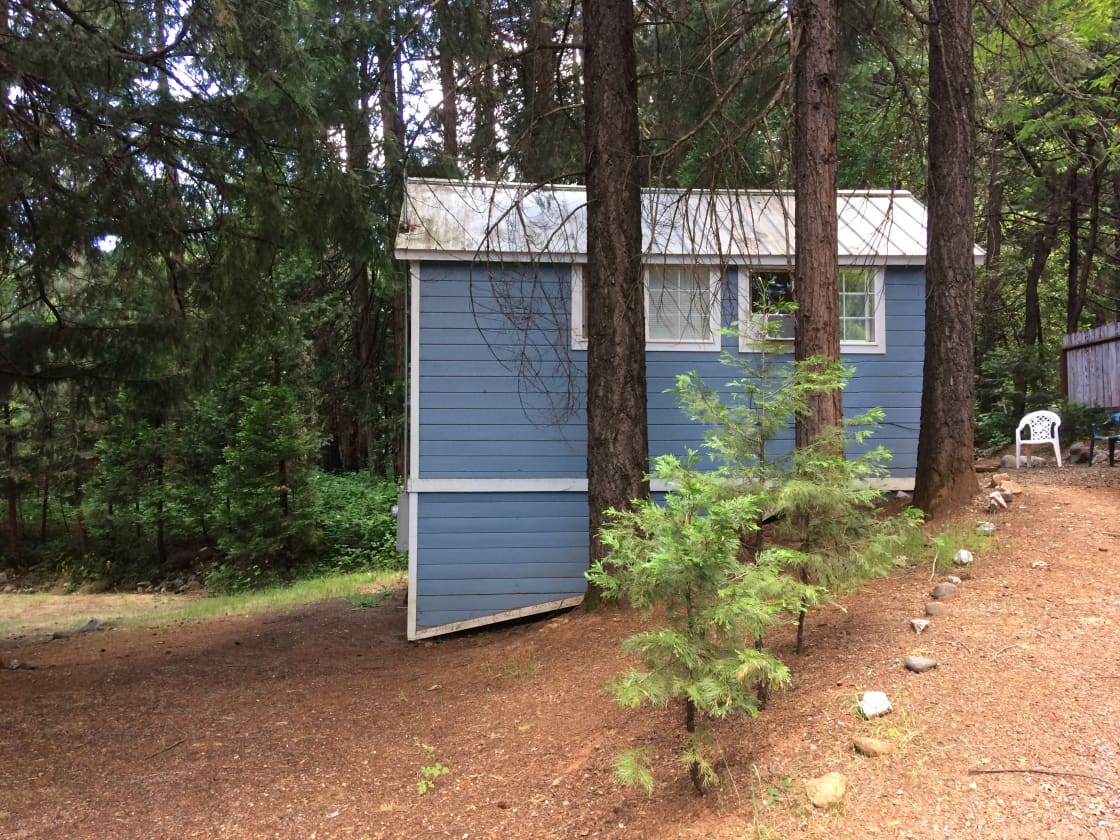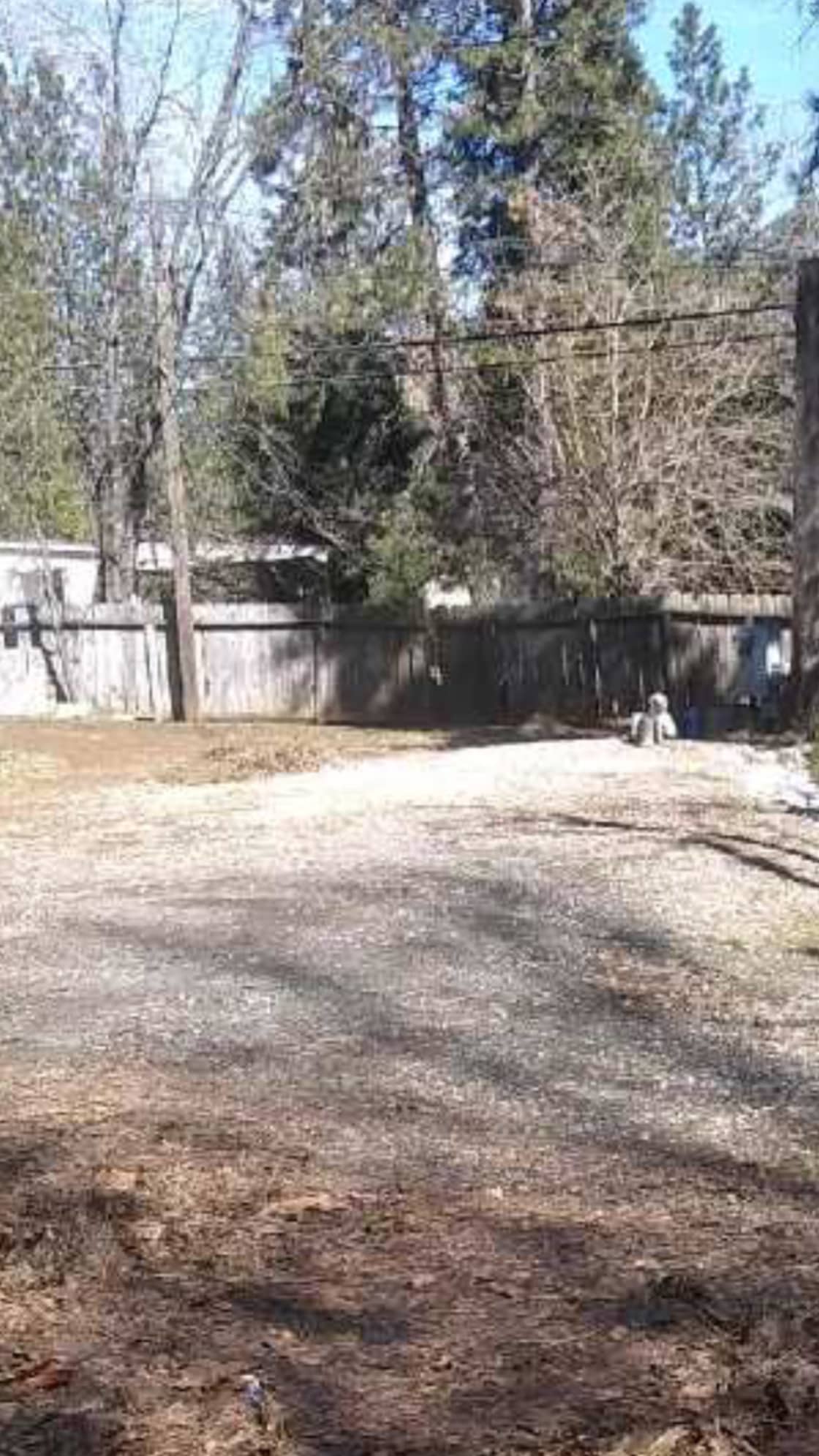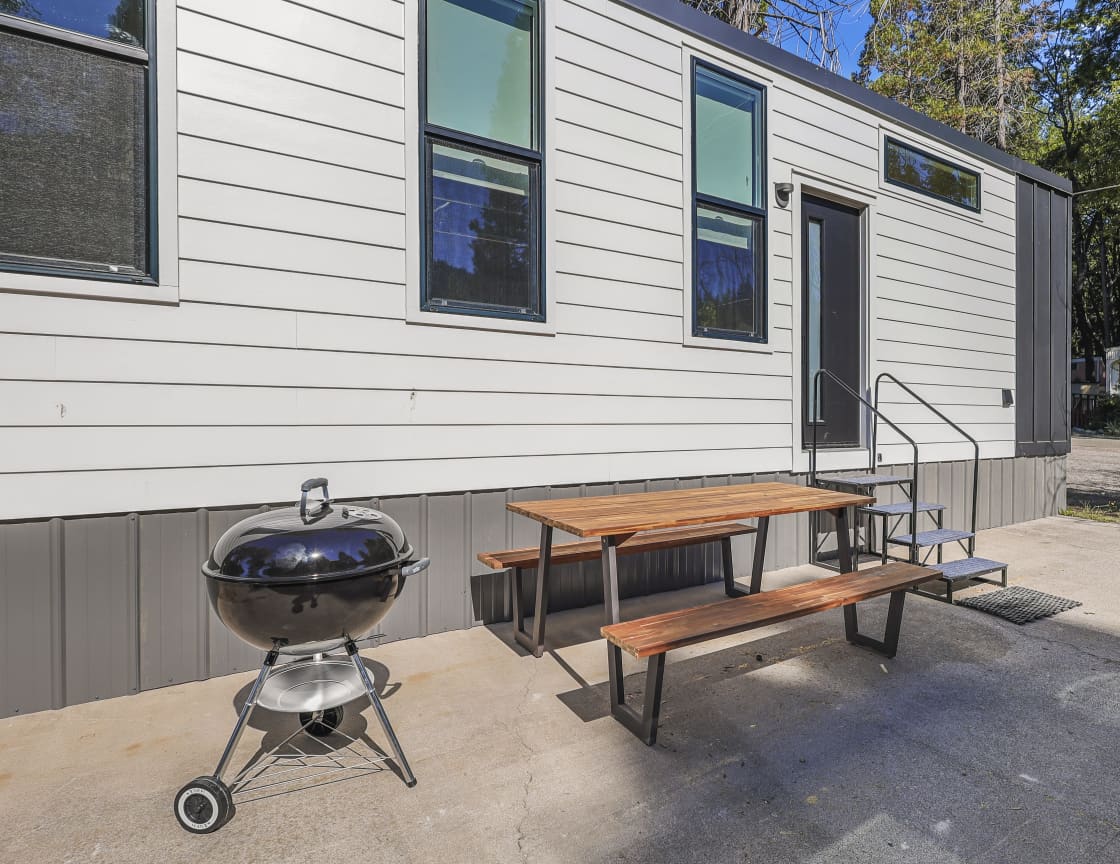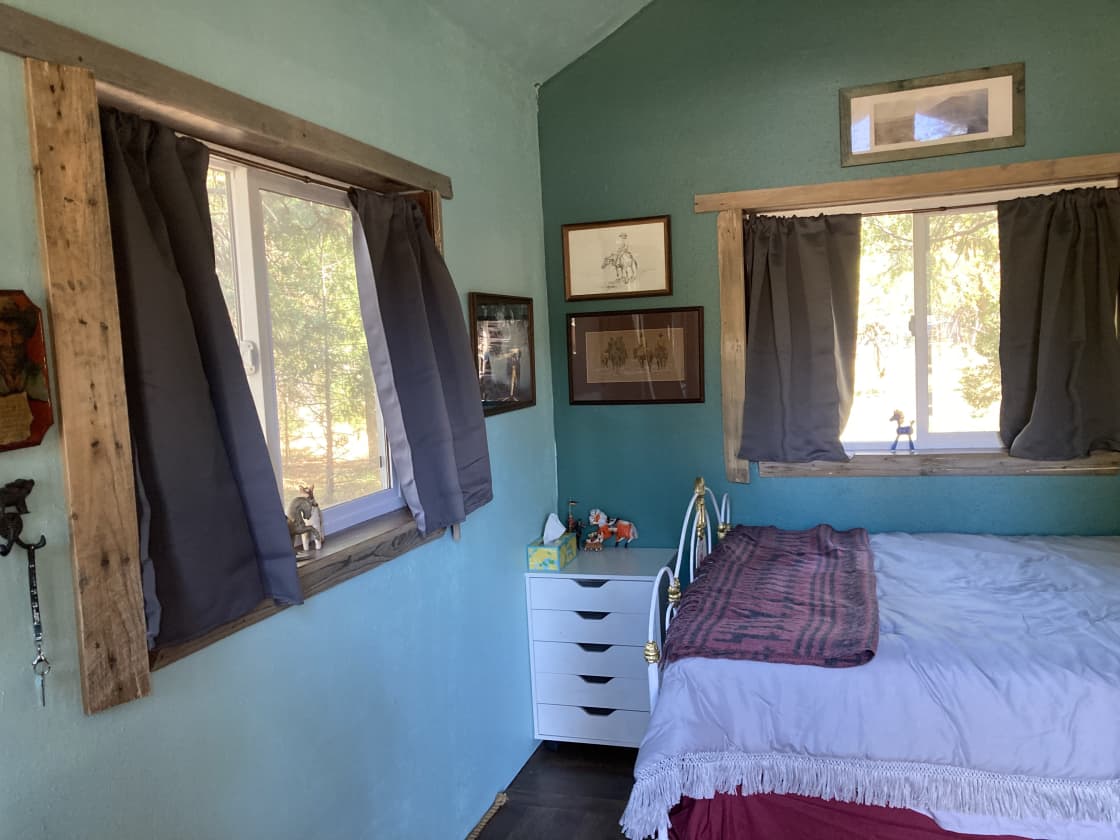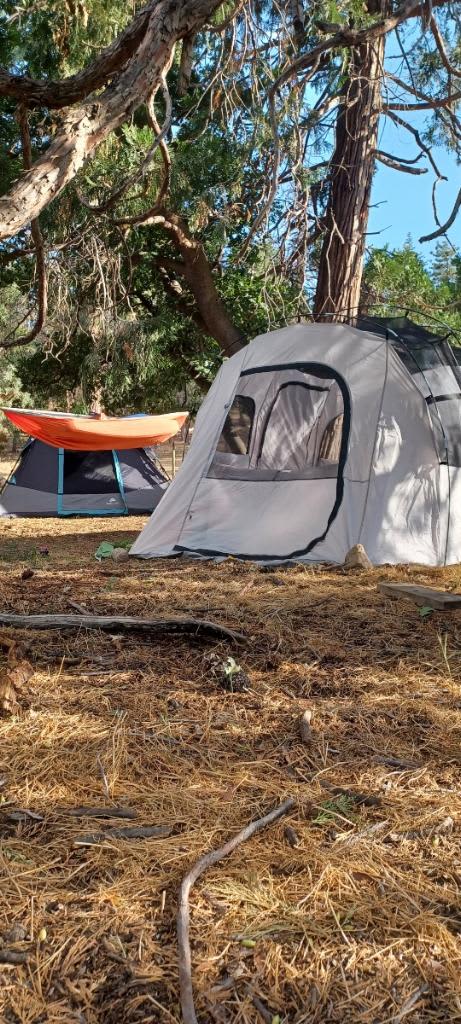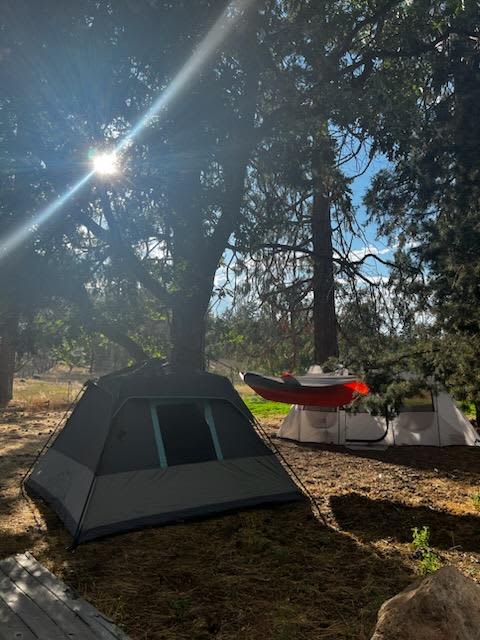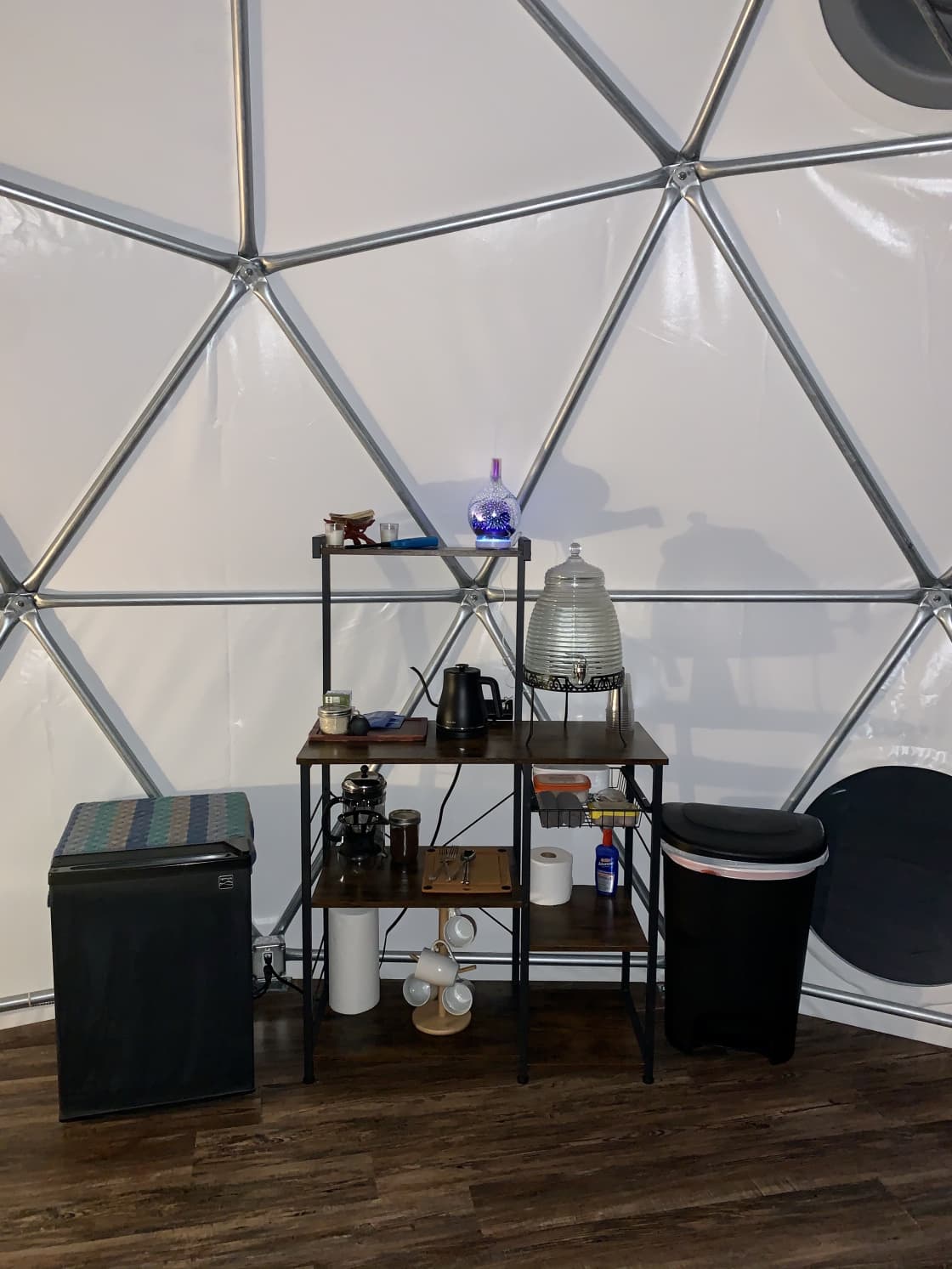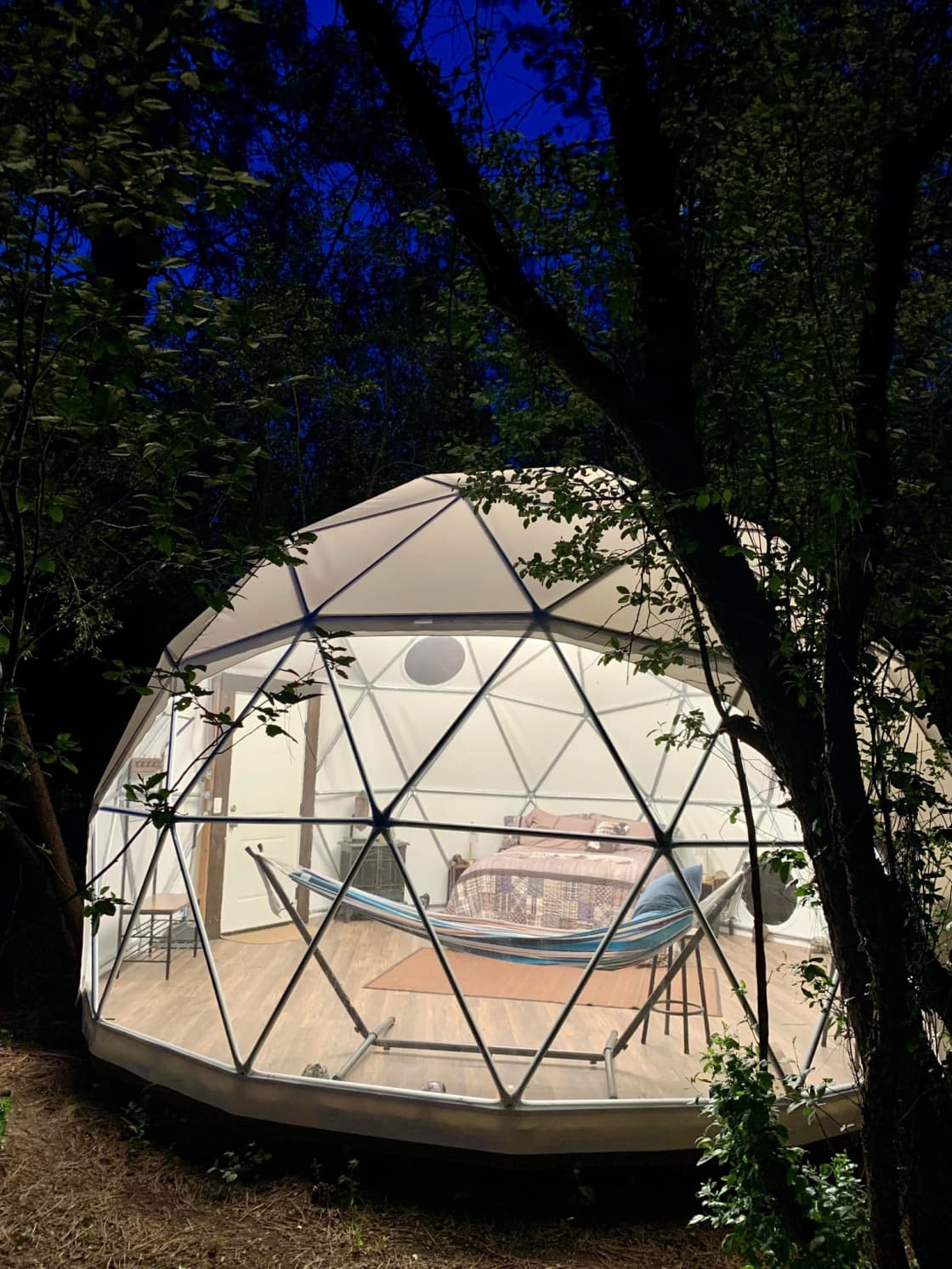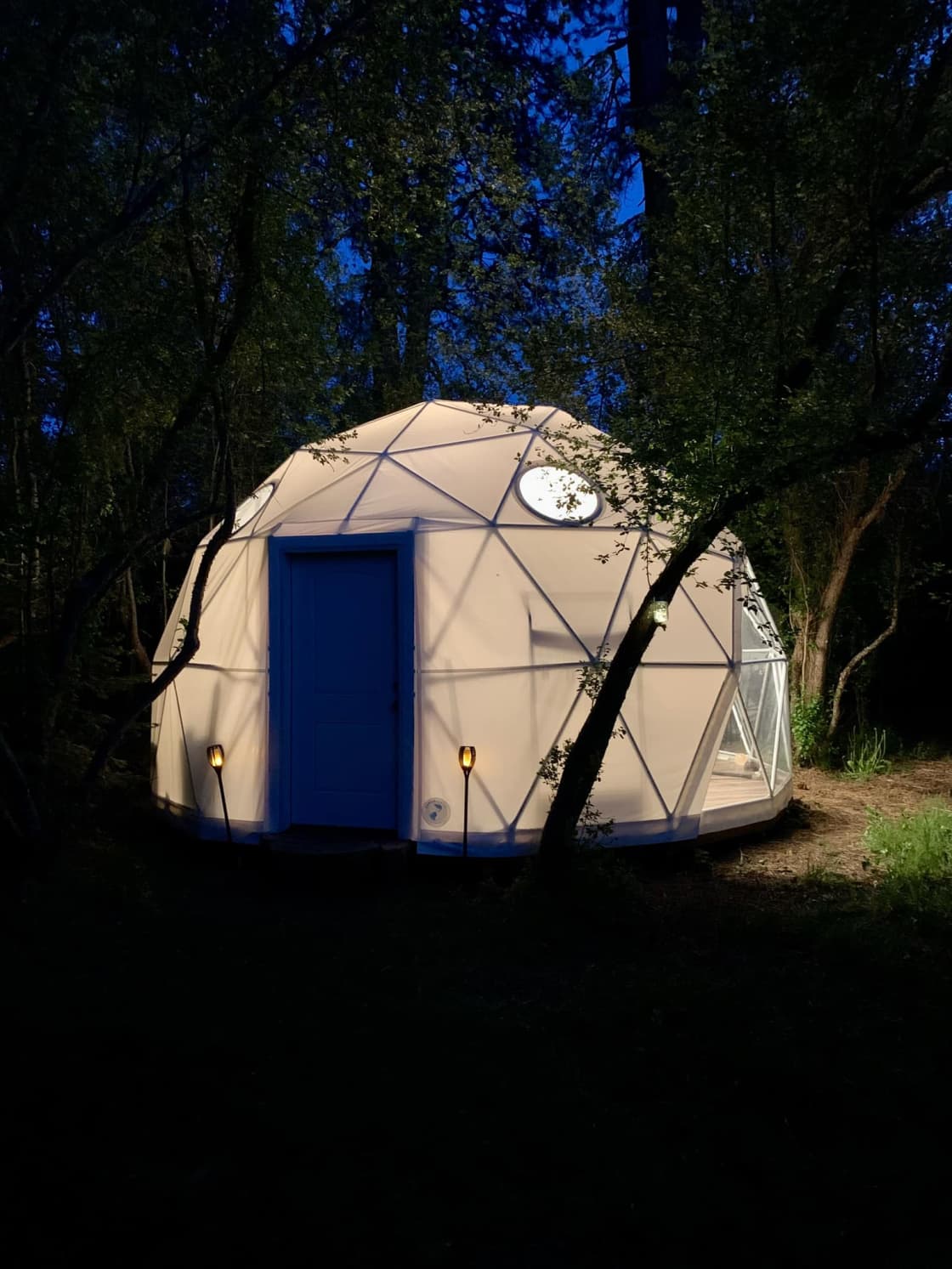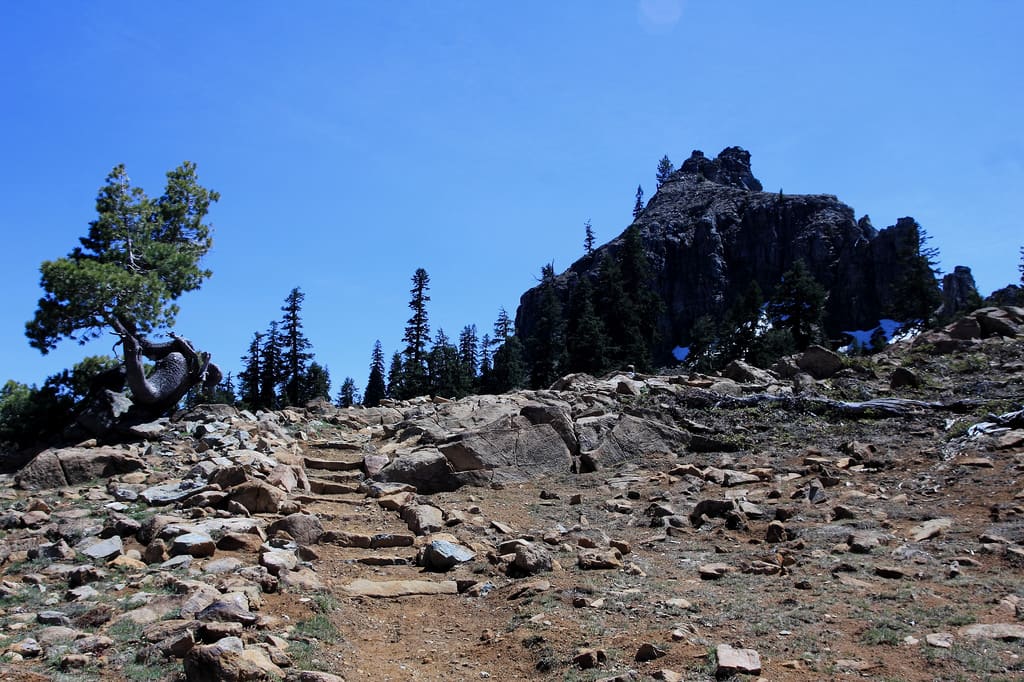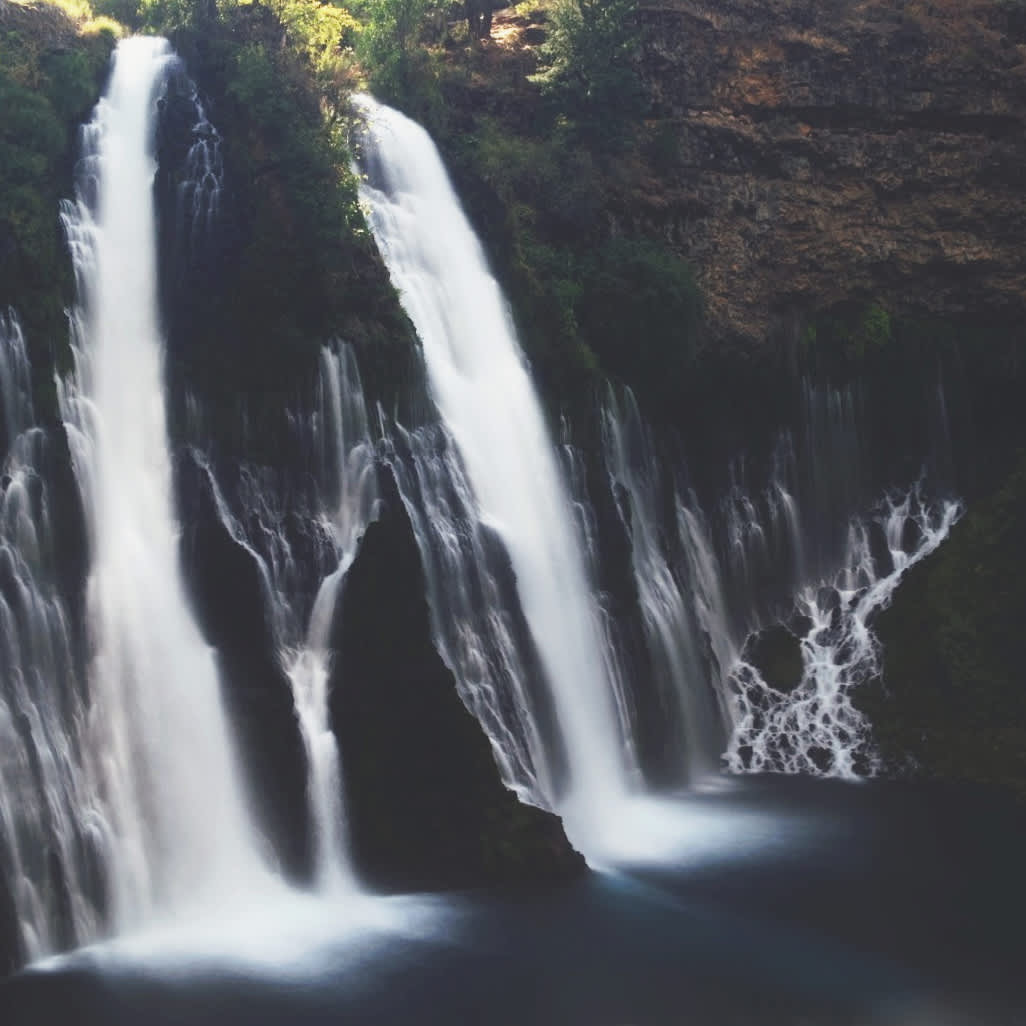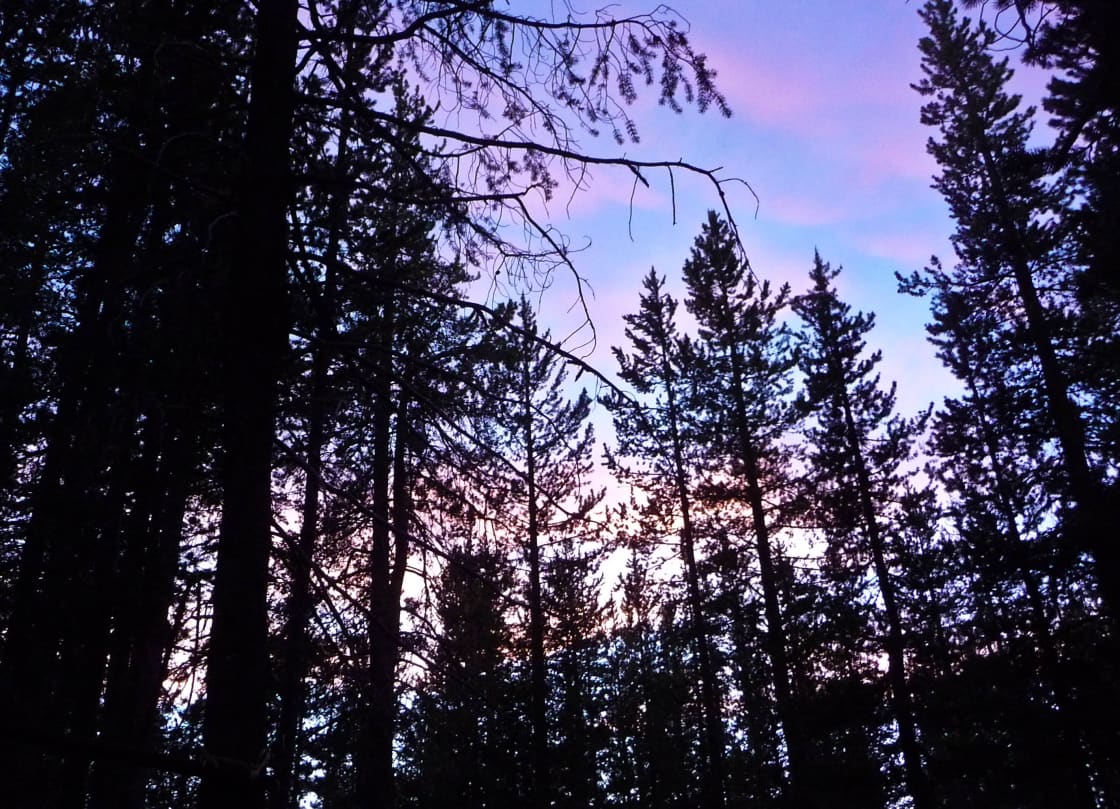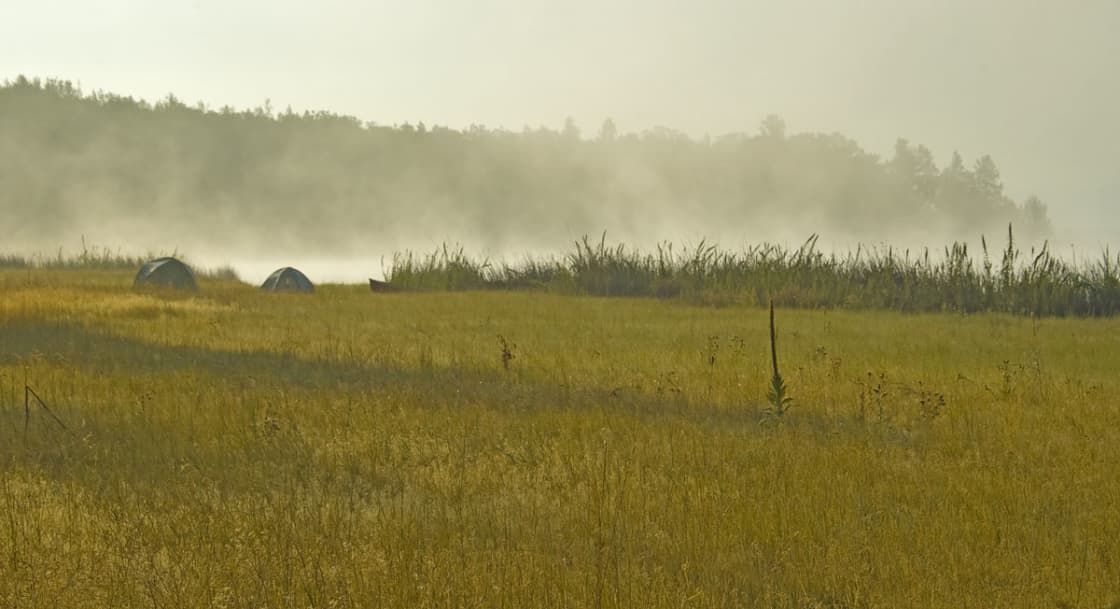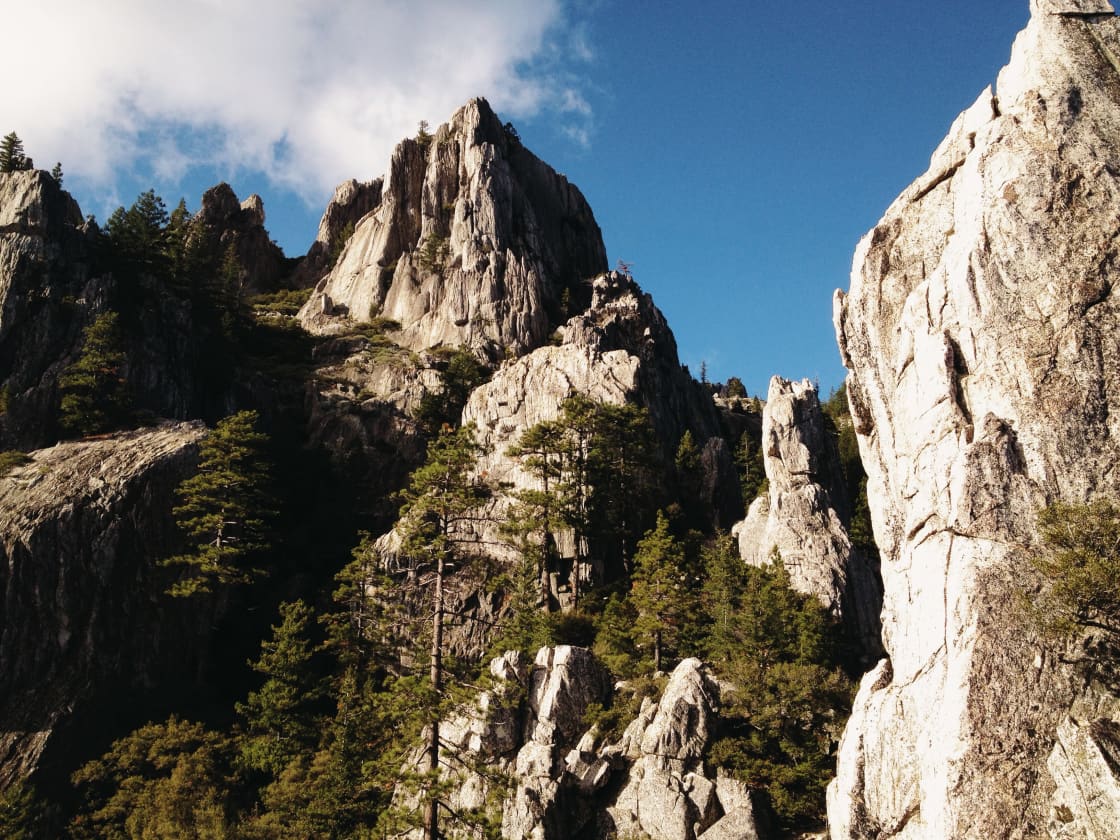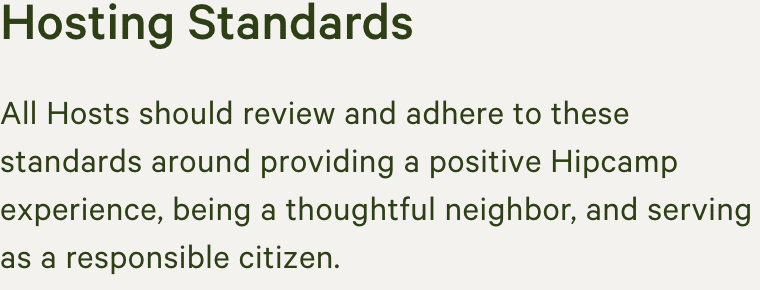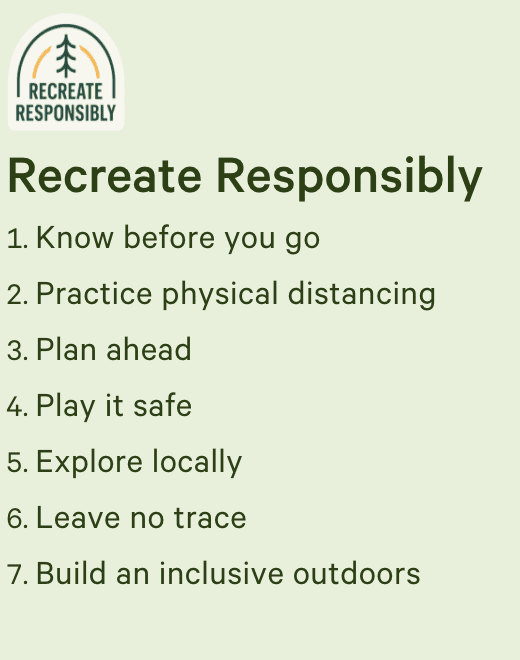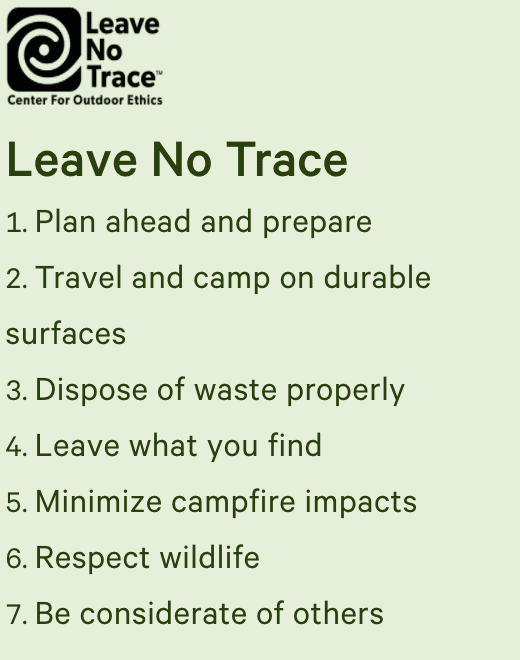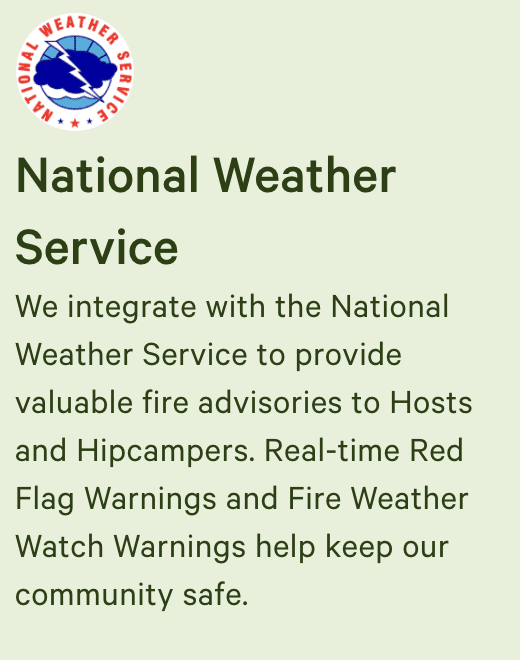Camping near Dunsmuir
Discover and reserve the best campgrounds, cabins, RV parks, and more.
91% (894 reviews)
- Dunsmuir
91% (894 reviews)
Popular camping styles for Dunsmuir
Star Hosts in Dunsmuir
Top camping destinations
Available this weekend
12 top campgrounds near Dunsmuir
91%
(23)
Kosk Creek Campgrounds
25 sites · RVs, Tents50 acres · Big Bend, CA
We are a 400 acre ranch nestled in the mountains of Shasta County. There is a mile long creek that runs through the property. We have multiple hot spring pools ranging in various temperatures. Dry and overland campsites available. Activities: Boating, hiking, kayaking, 4x4, mountain bike, and fishing.
Pets
Toilets
Campfires
from
$50
/ night
95%
(82)
Trailer Lane Campground
19 sites · Lodging, RVs, Tents15 acres · Weed, CA
Conveniently located long I-5 just south of the CA/OR border, we have 15 acres that are a mix of conifer forest and a chaparral hilltop with spectacular views of Mount Shasta. Our small, friendly campground offers clean, comfortable bathrooms with (free!) hot showers and a coin-op laundry room. Community fire pit and BBQ area, too! Minutes from world-class fishing, hiking, climbing, kayaking, skiing... all year long, it's an outdoorsmans paradise! Use us as your base camp for all your North State adventures!
Did we mention we have goats & chickens to watch, feed & pet? Fruit trees & wild blackberries. Walking trails through the forest, and the most perfect hilltop spot to kick back in our comfy Adirondacks with a glass of wine to stargaze.
Pets
Potable water
Toilets
Campfires
Showers
from
$35
/ night
92%
(56)
Cabin Hideaway
3 sites · Lodging, RVs2 acres · Dunsmuir, CA
This little cabin is located in Cedar Pines Rv Resort.
Pets
Potable water
Toilets
Showers
Trash
from
$45
/ night
99%
(342)
Juniper Spur Ranch
3 sites · RVs, Tents20 acres · Weed, CA
Welcome to Juniper Spur Ranch! Directions: GPS Juniper Valley Spur....this is a short culdesac road with a road sign at the entrance off Juniper Valley Drive. There is a green pipe rail gate at the end. This gate has a combination lock. You will receive the current combination code 2 days before your arrival. If you are turning onto a dirt road without a sign....you are on the wrong road. Juniper Valley Spur is my short culdesac road with a green pipe rail gate at the end.
We have 3 RV sites available for campers to book. Please note that we do not have RV hookups for any of the sites. You will be parking on loose gravel and the sites are flat. We can accommodate most RVs/trailers, if you are uncertain about the size just send me a message.
There is a portapotty in the hay barn cleaned regularly and a water spigot for non-potable water uses or for a quick outdoor shower with a handheld spritzer. It is not enclosed so you will need to be discreet.
Pets are allowed at campsites #2 and #3 only. These campsites are farthest from the horses and dogs. Please keep dogs on leash at all times.
Our property offers a beautiful view of Mount Shasta. Nature lovers, extreme sports enthusiasts, family vacationers and retirees, can all enjoy the vast recreational opportunities this area has to offer.
Lake Siskiyou is about 20 miles south and offers a wonderful 7-mile hiking trail around the entire lake. Bring your horses too. I have a couple of electric-fenced paddocks for visitors.
Pets
Toilets
Showers
from
$50
/ night
99%
(191)
Camp Stoney Meadows
13 sites · Lodging, RVs, Tents120 acres · Big Bend, CA
We've been enjoying this special spot with family and friends for over 25 years, and now we want to share it with you. We appreciate the four seasons here on our 120 acres in the beautiful Cascade Range between Mt. Lassen and Mt. Shasta. Our property is adjacent to Shasta Trinity National Forest.
It's a working ranch with tree farms, animals, hydroelectric power, sawmill, gardens, orchards, creeks, springs, trails, and our camp alongside Kosk Creek.
We're 54 miles from Redding off of 299E, (about 1-1/2 hour drive). The last mile or so of the road here can be pretty rough, but on arrival, you'll know it's worth the trip!
No Cell phone service available here, so it's the perfect opportunity to unplug. We do have a land line up at the house in case of an emergency. Also, if you really need it, WiFi is available at the house.
Pets
Potable water
Toilets
Campfires
Showers
from
$40
/ night
99%
(310)
Juniper Valley Campsites
2 sites · RVs, Tents24 acres · Weed, CA
Pets
Potable water
from
$50
/ night
Booked 1 time
Shasta Gardens
2 sites · RVs, Tents1 acre · Mount Shasta, CA
Nestled in the heart of Mt Shasta, walking distance from downtown Mt Shasta and only one block away from health food store. Pet and cannabis friendly. Outdoor bathrooms are available with many spaces available for 360* views of of our local mountains. Guests will receive additional 10% off from Elevate Shasta dispensary next door. Enjoy the best drinking waters.we are located close to the train railroad and can exiting and loud for some, if you are sensitive to horns please bring a ear plugs or it can be purchased here if needed.
Pets
Potable water
Toilets
Campfires
Showers
from
$55
/ night
100%
(12)
Muladhara Vector Camp Mount Shasta
7 sites · RVs, Tents3 acres · Montague, CA
Welcome to our Hipcamp location in Siskiyou County, situated at the foot of the majestic Mount Shasta. The best view of Mount Shasta (Root Chakra) in the County is included in your stay. We are a fun-loving group of outdoor enthusiasts who are passionate about sharing our love for adventure with our guests. As a professional guide since 1986, our host is an expert in white water rafting, with lots of experience in Class 5 rapids. If you're up for a thrilling adventure, ask your Host “ What’s up with the heart-racing rafting rou After a day of outdoor activities, we like to unwind by socializing with our guests. We BBQ and drink really good local beer while competing on our in-house (our rules, LOL) volleyball and horseshoe courts.
Our location boasts a state-of-the-art auto shop, equipped to help anyone traveling with any mechanical issues (Even if you are not a booked guest). We also offer a variety of workshops to teach our guests various skills such as building a small cabin or a 10,000 sq. ft. custom handcrafted log home. We'll teach you how to use a scribing tool to fit logs together, make log furniture, and grow food. We even have raised bed designs with high tunnels for year-round gardening, and we teach cloning methods for healthier plants, composting, and making custom soil designed to your specific needs.
If you're interested in Permaculture, Hugelkultur, or Aquaponics, we've got you covered. We are certified. We'll teach you everything you need to know about properly using chainsaws (non-operating), including instruction on using an Alaskan Mill, maintenance and repair, wood splitting, and stacking. For those interested in firearms (without ammunition) or crossbows, we'll teach you cleaning, maintenance, and safety. If you have no clue about mechanics, “You should” out there doing all this traveling. We even offer a workshop on small engines to big engines maintenance and repair, as well as the use of diagnostics and the necessary tools.
For those who want to take things to the next level, we offer a 1-hour crash course on the maintenance, safety, and operation of a Bobcat E45 excavator. Friday night is movie night at our outdoor projection screen
Our location is surrounded by breathtaking outdoor scenery, including a variety of rivers, lakes, and museums. We are proud of the Native history in the area. Be aware of Lemurians and Bigfoot. Whether you want to hike, fish, or explore the local museums, there's something for everyone to enjoy.
Come join us at our Hipcamp location for an unforgettable outdoor adventure!
Pets
Potable water
Toilets
Campfires
Showers
from
$25
/ night
100%
(4)
Cave Springs Resort
50 sites · Lodging5 acres · Dunsmuir, CA
Welcome to Cave Springs, a mid-century modern resort in Dunsmuir, California.
Located just off the I-5 freeway, our resort is an ideal basecamp for exploring the dynamic beauty of Northern California: nestled along the Sacramento River in premiere fly fishing territory, minutes away from countless waterfalls and hiking, and a 10 minute drive from stunning Mt. Shasta.
Choose your adventure. We’ll take care of the rest. Our resort is designed with comfort and beauty in mind, and it’s this intentional atmosphere that will make your stay one to remember. Whatever brings you our way, we look forward to hosting you and yours.
Pets
Potable water
Toilets
Campfires
Showers
from
$99
/ night
94%
(8)
Alpaca on the Rocks
2 sites · Lodging, Tents5 acres · Weed, CA
Our ranch, Alpaca on the Rocks, is 5 acres, located near the small town of Weed in northernmost California. We have 10 alpaca along with mini-donkeys and horses, a mini-mule, assorted cats and dogs, Icelandic sheep, and Kune Kune pigs.
This is quite a place: There are the sounds - the odd mutterings of the alpaca, the constant hooting of doves, the off and on braying of donkeys. There are the sights of the country life that surrounds us, the cattle and sheep of the ranch behind us, and the horses grazing in the meadow across the road. And a final and impossible to miss addition to the sights and sounds for you to take home - the solitary 14,179 foot Mount Shasta presiding calmly over its domain.
Potable water
Toilets
Trash
from
$25
/ night
100%
(9)
The Healing Place
1 site · Lodging20 acres · Mc Cloud, CA
Welcome to The Healing Place!
Before you book, please BE kind, respectful, sorry NO pets or service animals and please read the entire listing.
We have 20 magical acres in beautiful rural McCloud with The Dome right on the creek. With the creek as your view, you’ll have privacy and many acres to roam.
This is sacred land, and we hold many events here on this property such as CE5, Spirit Photography and Drum circles. We will let you know ahead of time if there will be an event when you book. We usually host them on the new moon and on a weekend.
Loads of wildlife roam these lands so be prepared to see bear, coyote, deer, fox and many species of birds including a Heron live down by the creek. Be mindful of not keeping any food in your car and making sure to place it in the fridge inside the dome.
We have a medicine wheel, sacred circle in the meadow across the dome, we usually host our CE5 events there. We are 6 miles away from the McCloud reservoir, 15 mins from McCloud Falls, 5 mins from the town of McCloud and 20 mins to Mount Shasta.
The Dome sleeps 2 adults, has electric, 2 bed side lamps that charge phones, with a pillow top mattress, soft cozy linens, a fireplace, a kitchen bar with hot water kettle, a french press, decanter with healing waters from the Shasta forest, a dining table set, coat rack, and a hammock.
You may choose to place the hammock outside to enjoy, it’s up to you. Please remove your shoes upon entering the dome, you may want to place them on the coat rack to the right of the door rather than leave them outside as it’s safer.
We do not have a cook top stove, or microwave so it’s best to plan to eat out. There’s no fires of any kind that we can allow here so no bbq or cooking. We know all the good spots and will gladly share them. Text me if you need anything, I’m happy to help.
The Composting toilet is one of the best on the market, called Natures Head. It’s located outside of the dome for privacy in a king camp tent with everything b you’ll need inside. Its super easy to work and believe it or not, not so bad to use. Directions are inside the restroom.
The outdoor shower is located near the main home, but built into the forest and private. We like to give guests what we would want to experience, and it turned out pretty fantastic. The hot water lasts 20 mins and heats up fast. Please keep all shower products naturally based as we are eco friendly and holistically based. Soap will be provided as I make them myself.
Note! There are bugs, There are wildlife, this is a glamping experience so please know that when you book, you will know what you’re getting. Although this is luxury glamping it’s still glamping!
We aren’t able to have ANY fires on the property, none. Can’t make any exceptions, we’re sorry. That means no bbqing, no smoking on the property.
This place is meant to be shared, with nature lovers, conscious creators and spiritual wanderers. Welcome.
Potable water
Toilets
Showers
Trash
from
$66
/ night
100%
(12)
Roca Ranch Camp
1 site · RV10 acres · Weed, CA
Welcome to Roca Ranch Camp. This camp is ideal for those that want to be off the beaten path ... on the road less traveled yet conveniently located less than 10 minutes from Mt Shasta and 5 minutes to Weed. The Camp is on 10 pristine acres in the Hammond Ranch area with a beautiful view of Mt Shasta to the East.
25' RVs with tow car OK/ Sprinter Vans/ Class C with tow car OK/Class B/ Trailer 25' with tow OK. If you are a bit longer just text us and we can see if it can work. All campers must be self contained with holding tanks. NO TENT CAMPING. This camp is for SELF CONTAINED RVs. Doggies are allowed and should be leased for the safety of wildlife. All pets must sleep in your RV. There are many critters out at night!
The camp is by a beautiful Zinnia garden which blooms in the summer and a small orchard which is all fenced in. The property is wooded and has a view of Mt Shasta from the camp.
The camp has a picnic table, two outdoor chairs and a Solo wood campfire stove with spark arrester that can be used as long as there are no fire restrictions. We can update you on all fire restrictions upon arrival.
There is a cool soaking tub available to beat the heat during the summer months!
There are several walks right from the Camp to a beautiful pond and hill walks for panoramic views. All dirt roads... so great mountain bike exploring!
You will be surrounded by beautiful large Ponderosa Pines, wild flowers and White Fir trees. There is open sky for star gazing and no lights to obstruct your sky views. This is a very quiet area that is visited by deer, bears, many species of birds, eagles, owls, rabbits, fox, hawks and more.
Happy Camping!!!
Pets
Potable water
from
$50
/ night
Under $50
Dog-friendly getaways
Nearby parks
Explore the area’s public lands.
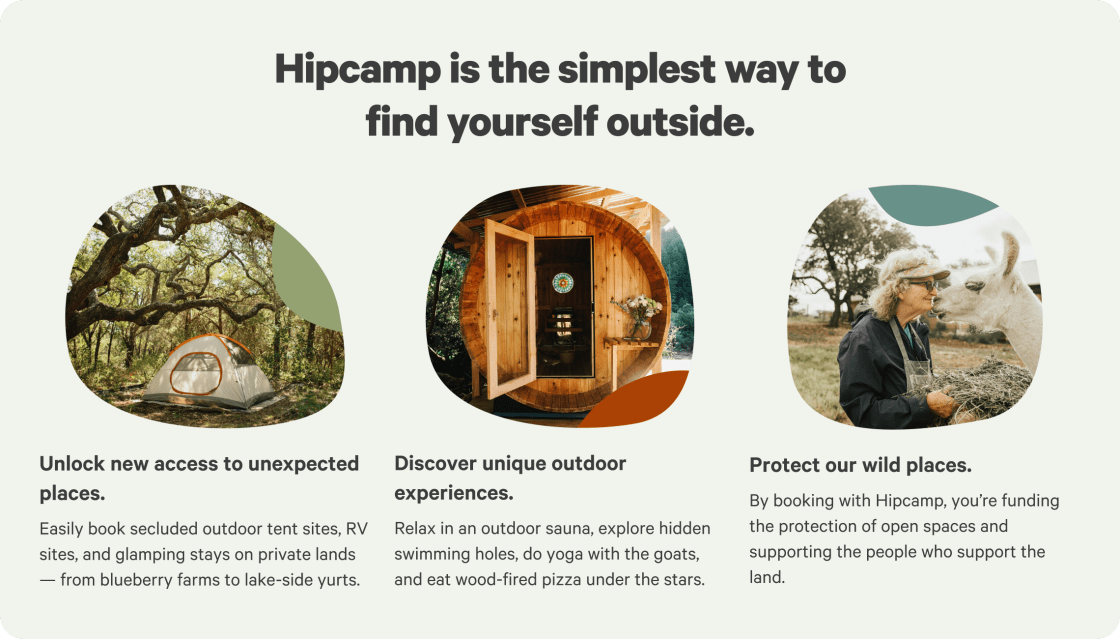

Camping near Dunsmuir guide
Overview
Looking to go camping near Dunsmuir, California? Look no further than Hipcamp! With over 700 options in the area, you'll have no trouble finding the perfect campsite to suit your preferences. Whether you're into surfing, wind sports, or exploring historic sites, there's something for everyone. And if you're worried about amenities, don't be. Popular campsites like Cedar Bloom (1299 reviews), Maple Creek Ranch (307 reviews), and Juniper Spur Ranch (119 reviews) offer popular amenities like showers, trash disposal, and potable water. With an average price per night of $55 and options as low as $15, camping near Dunsmuir has never been easier or more affordable.
Safety at Hipcamp
Hipcamp is created with ❤️ and hope for our future.
